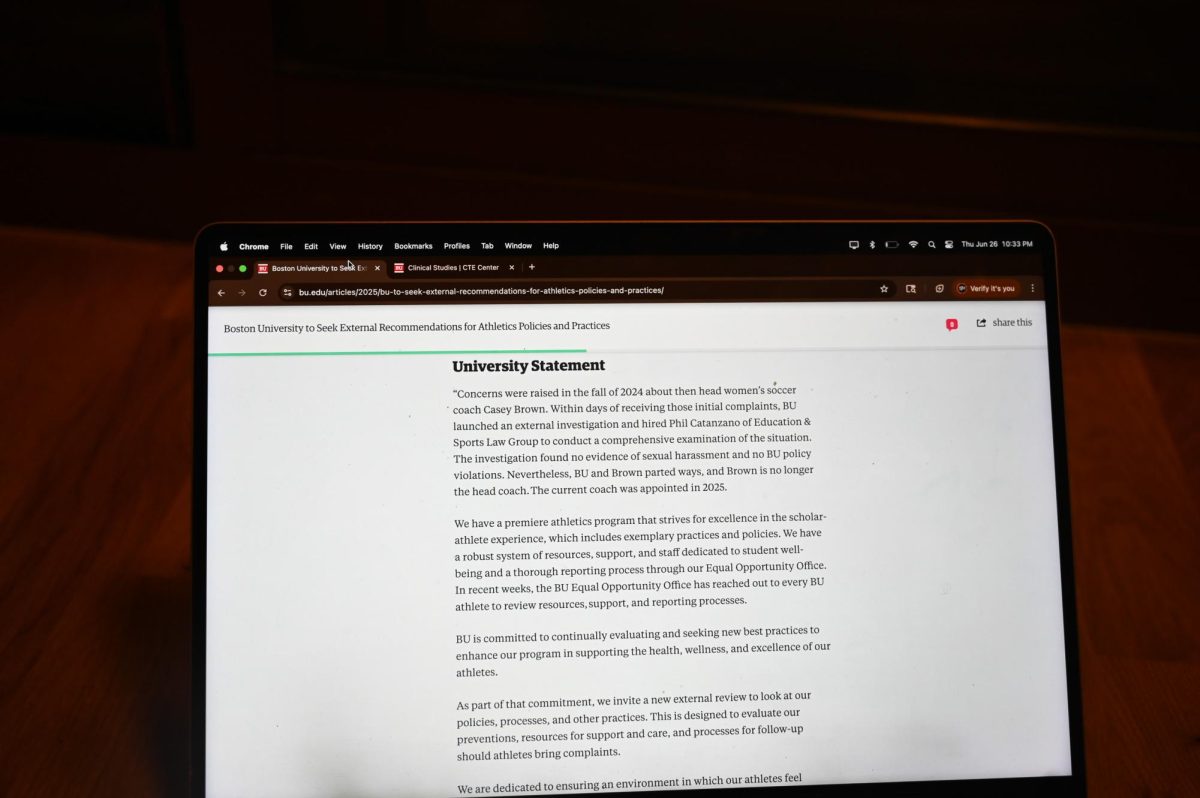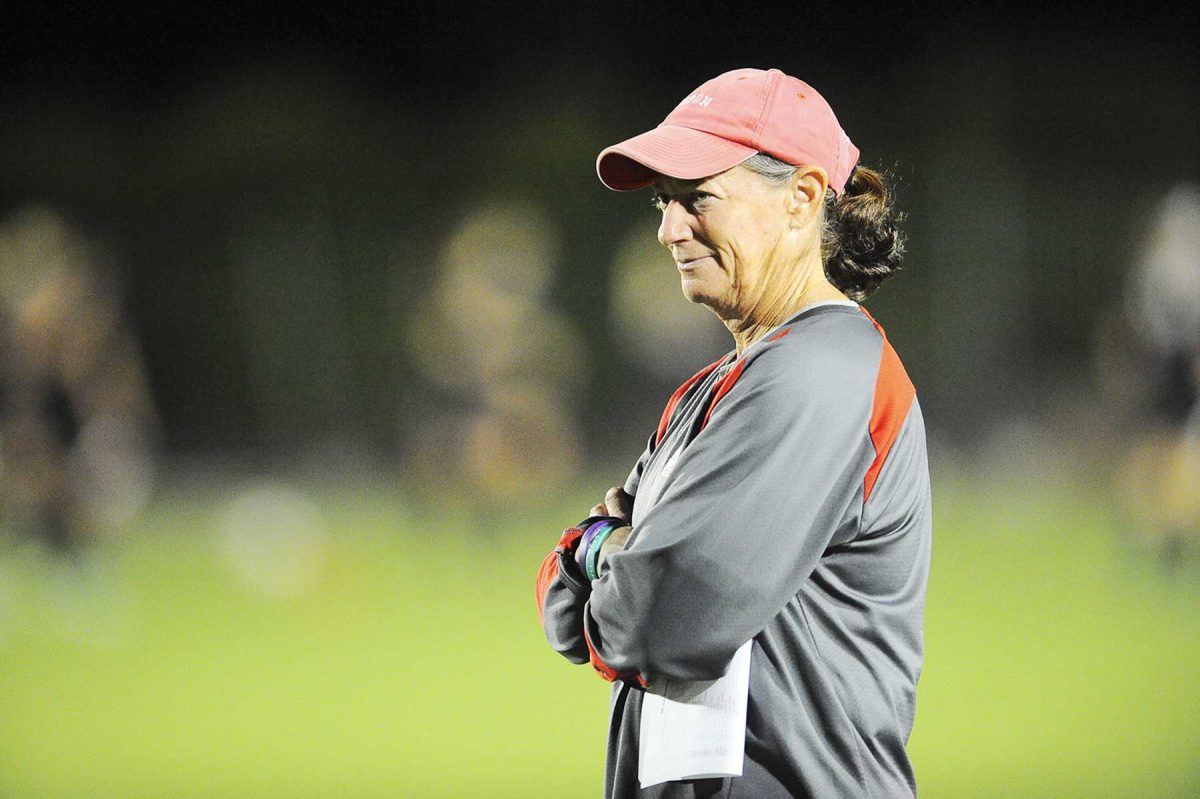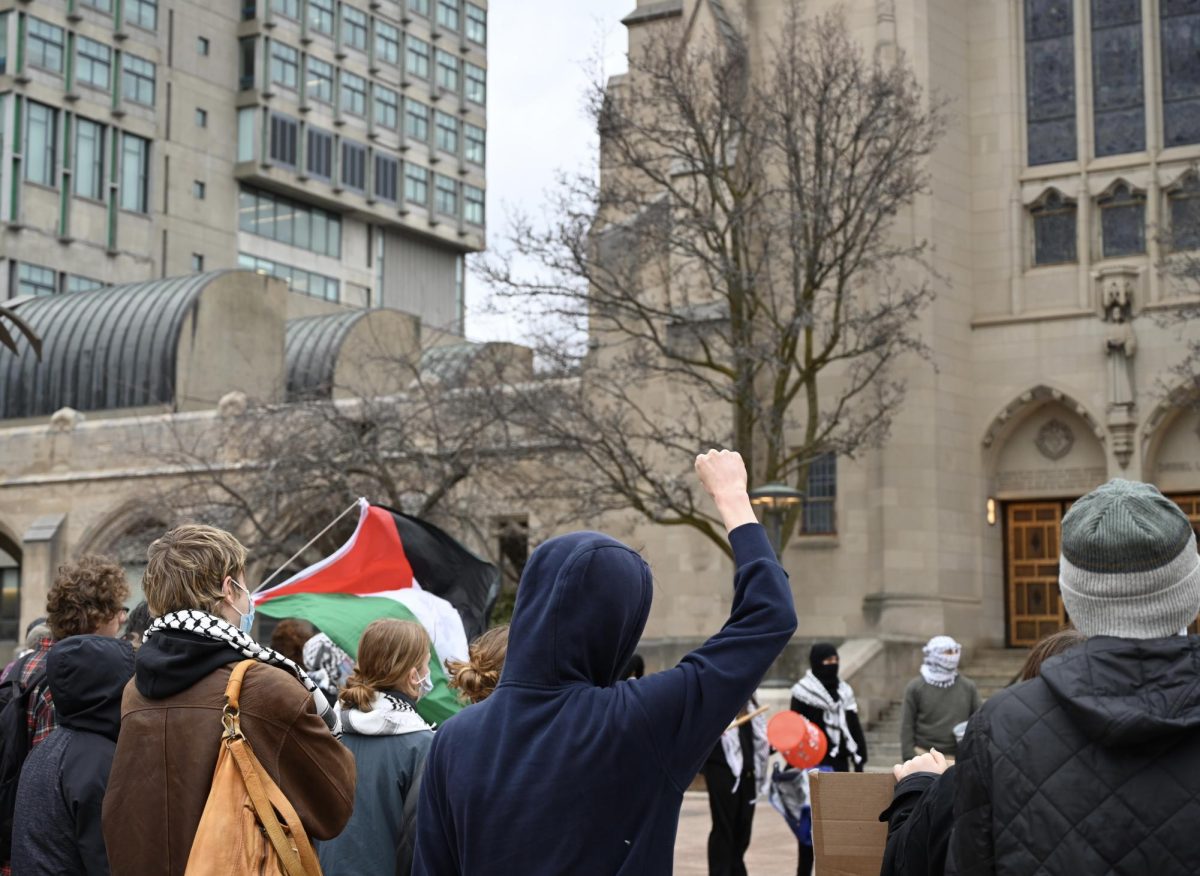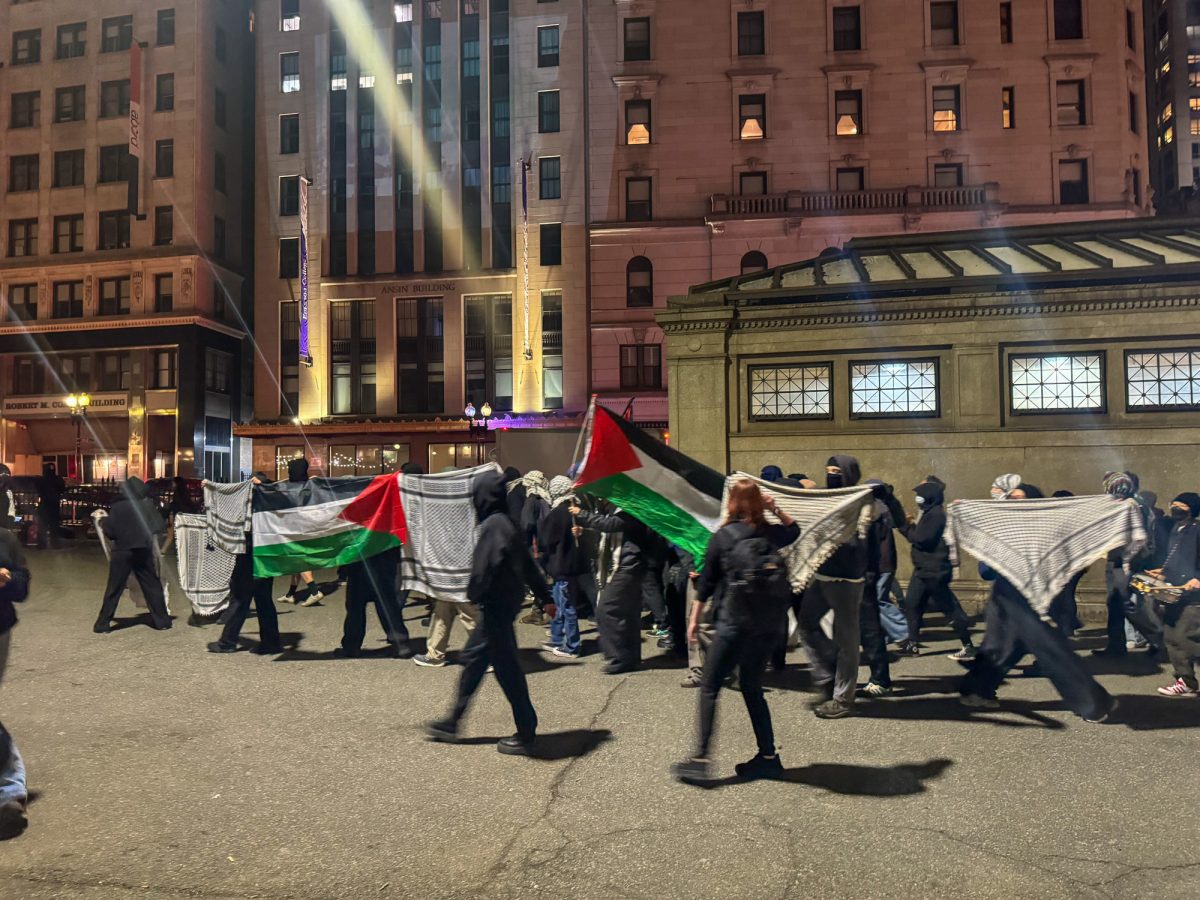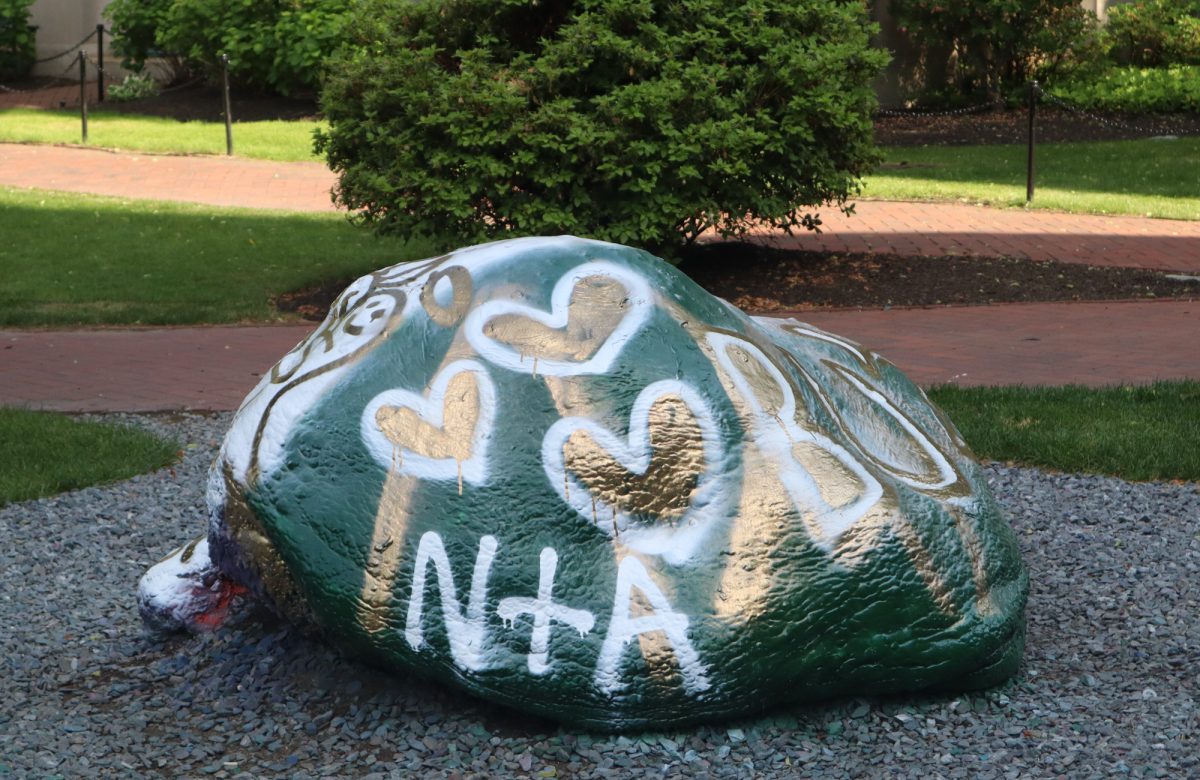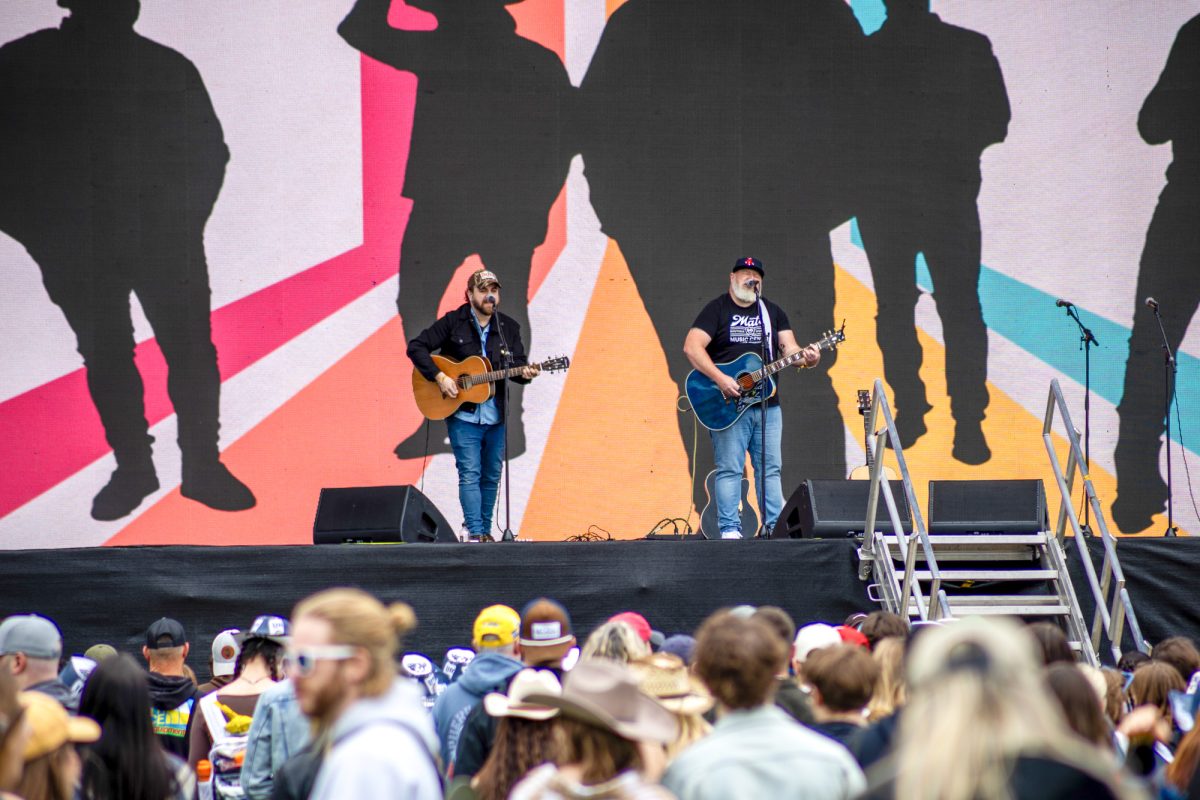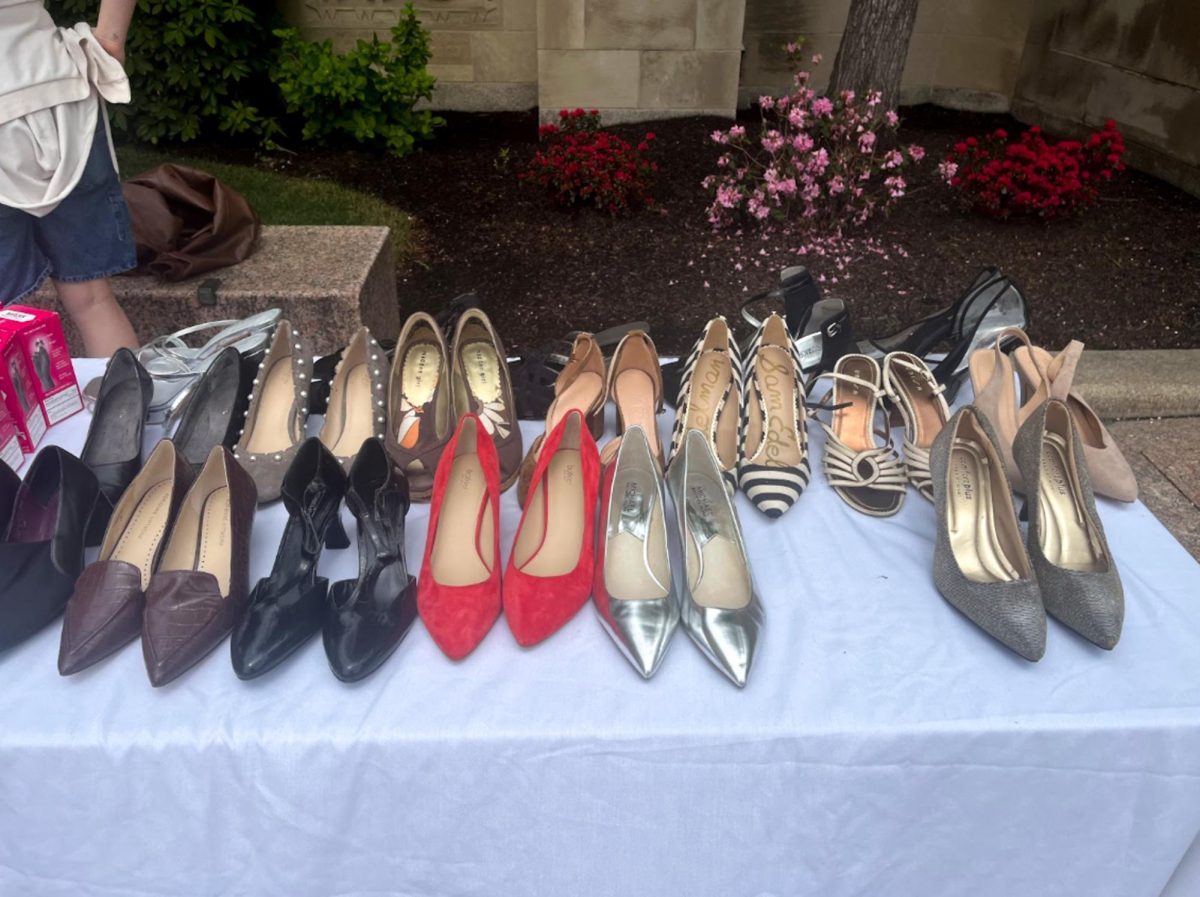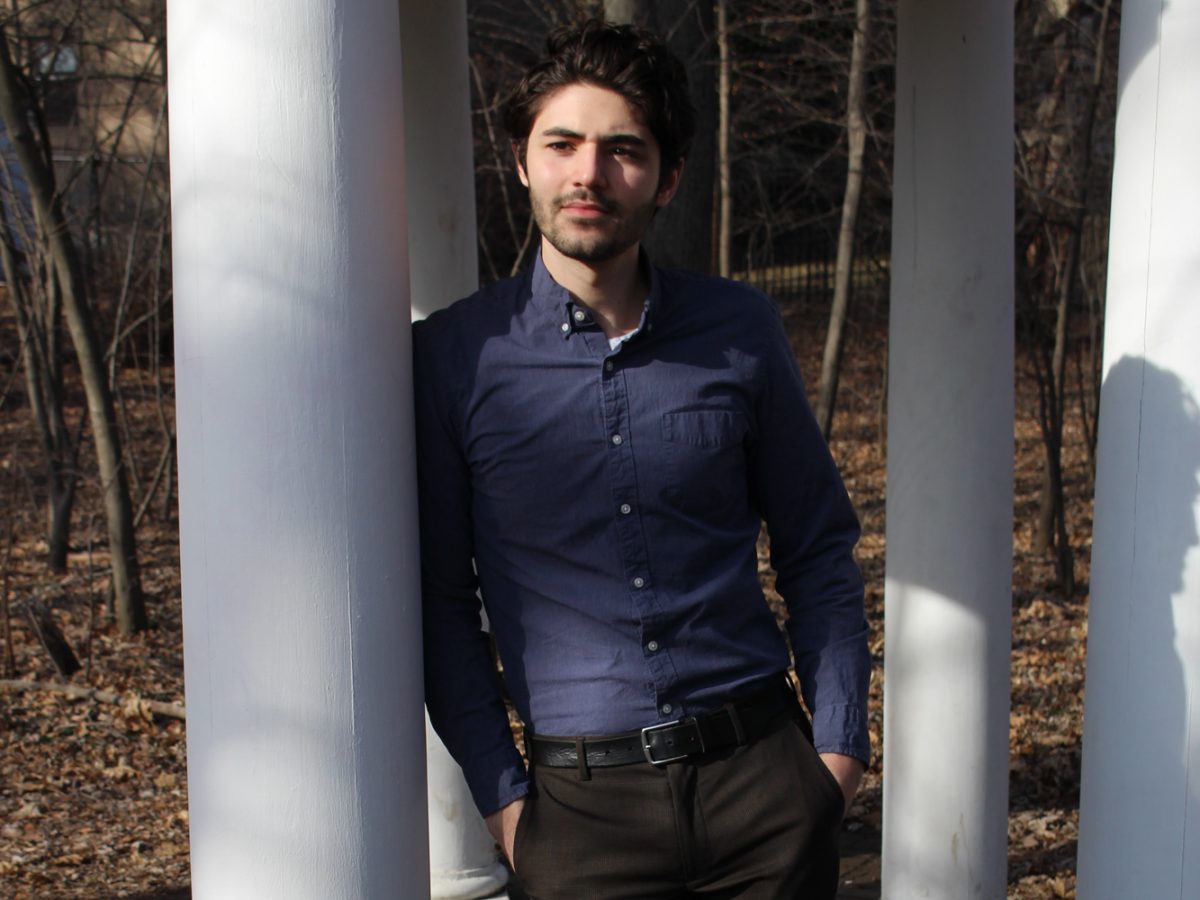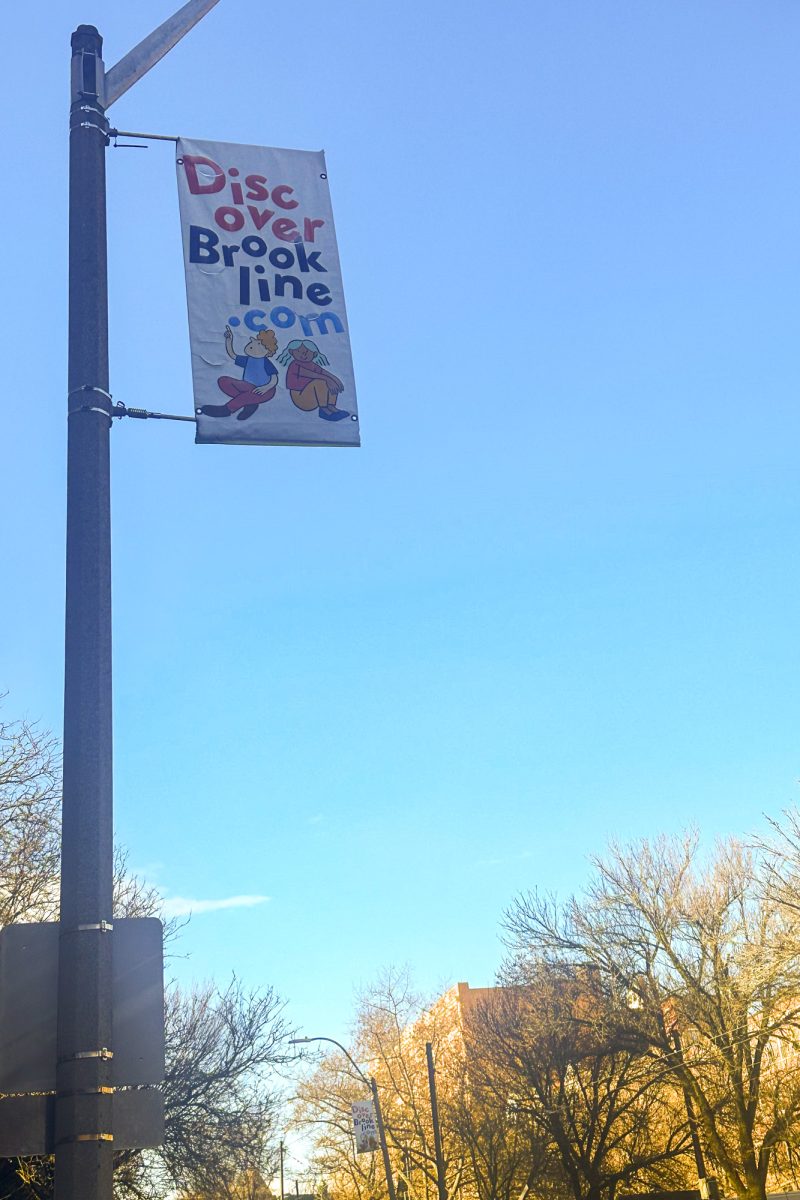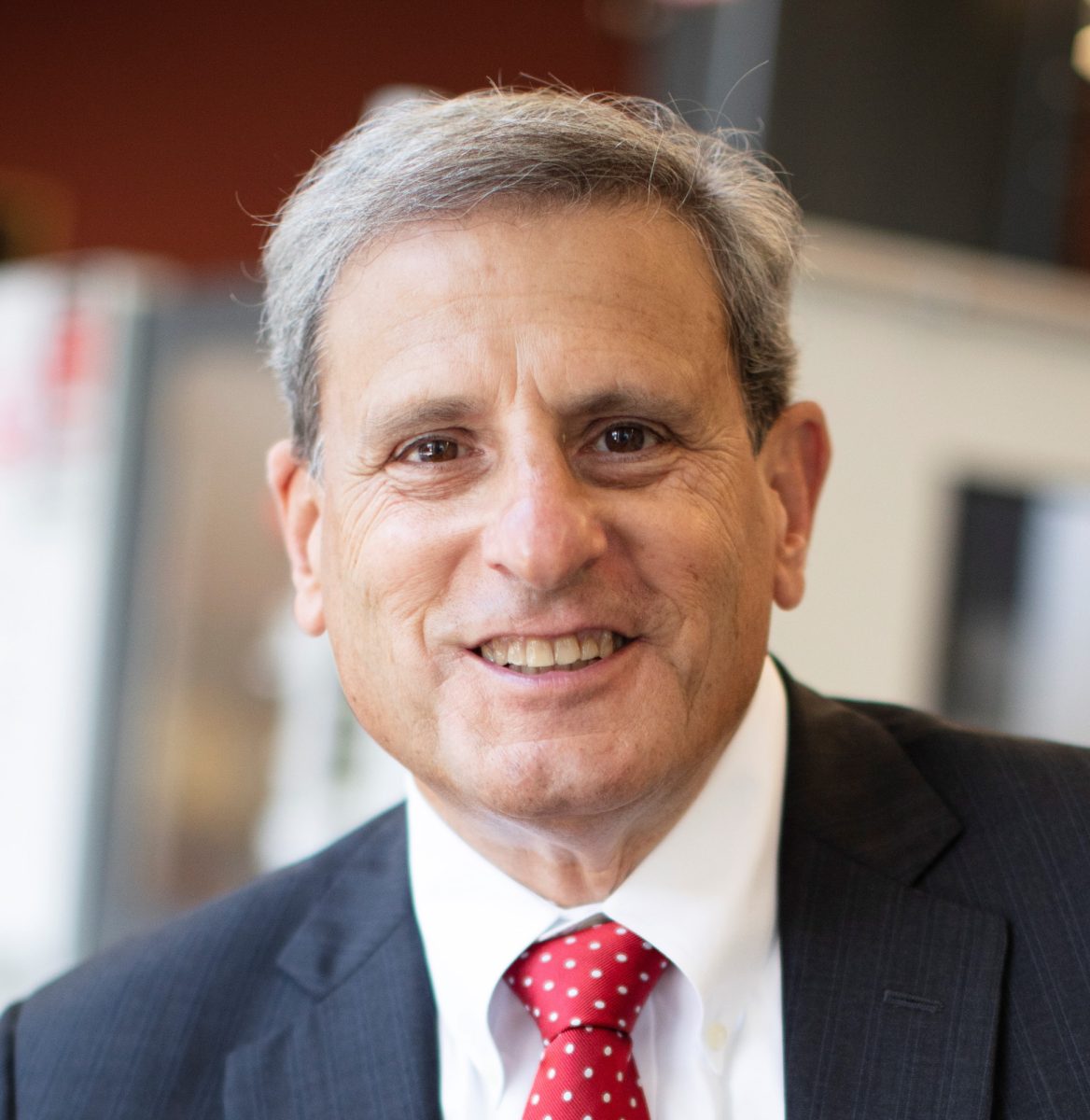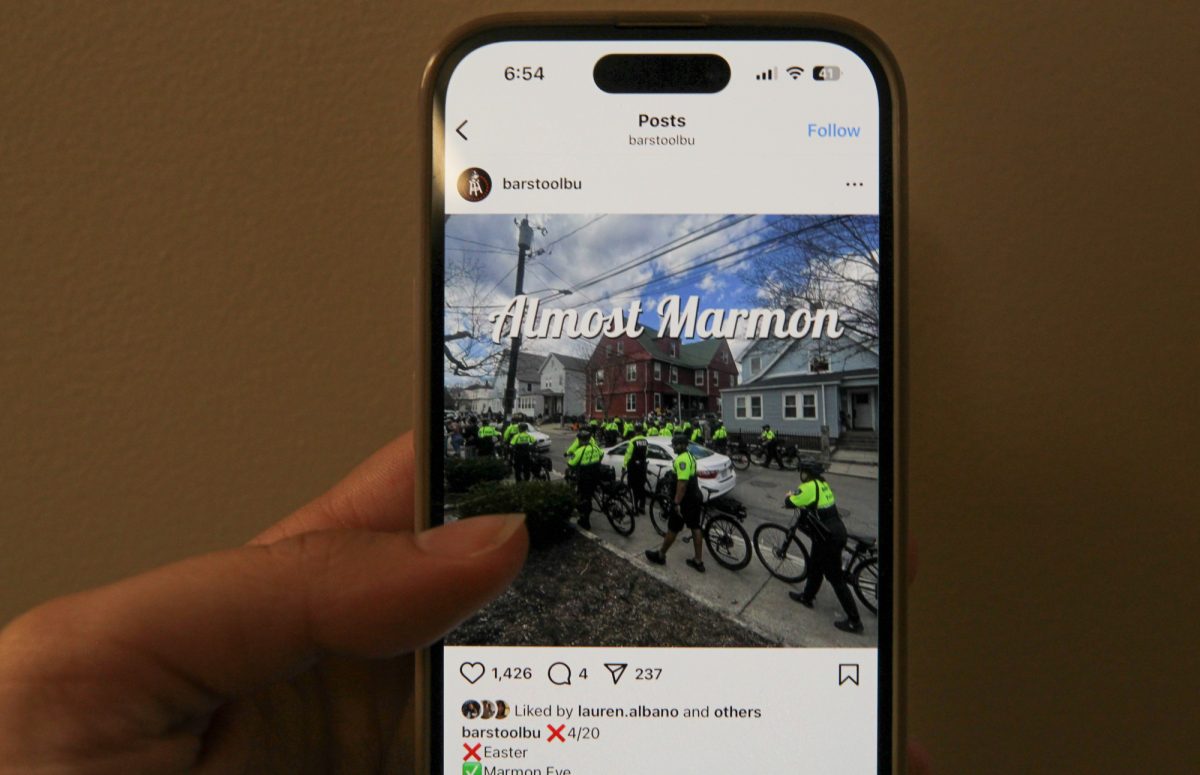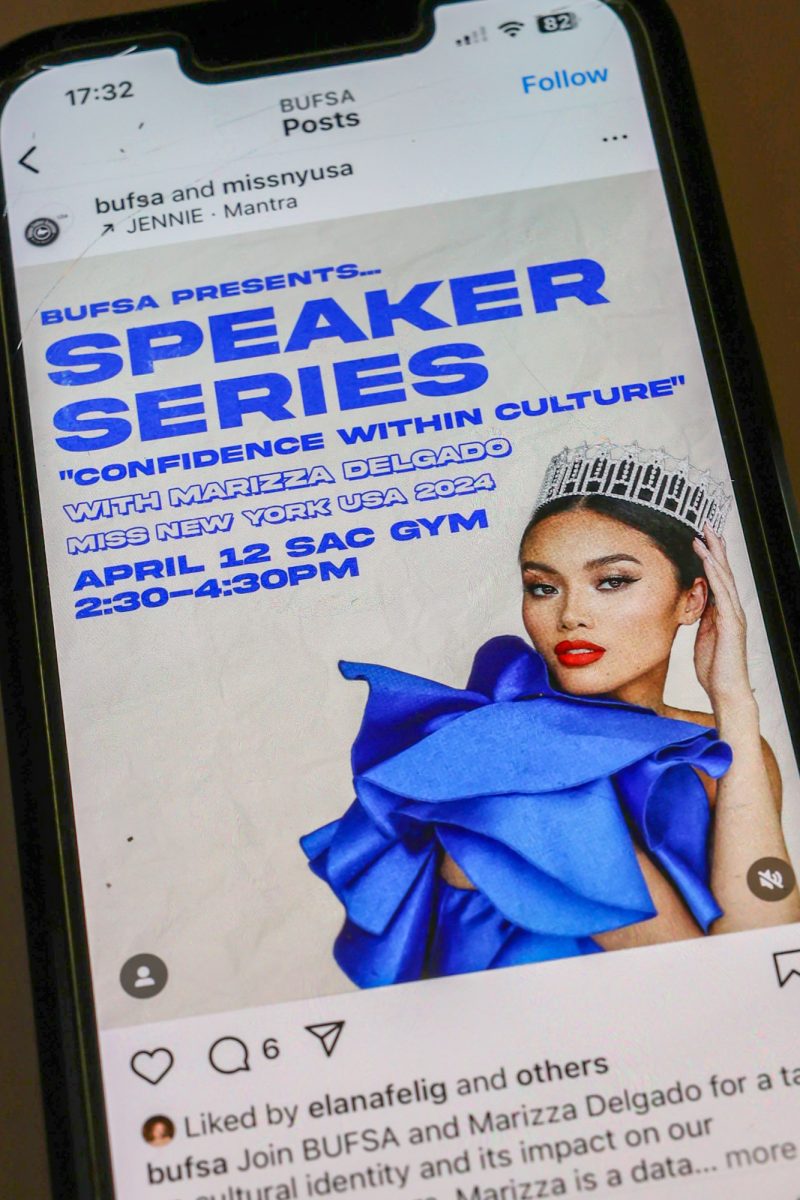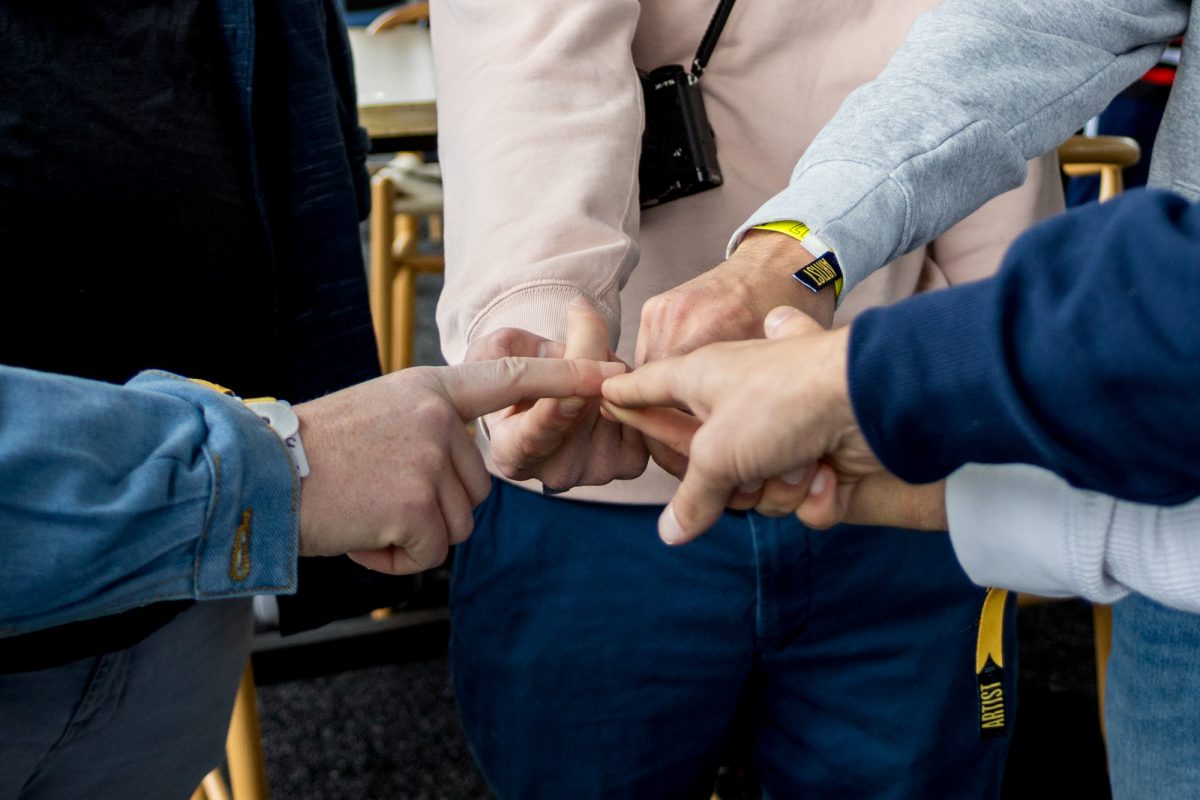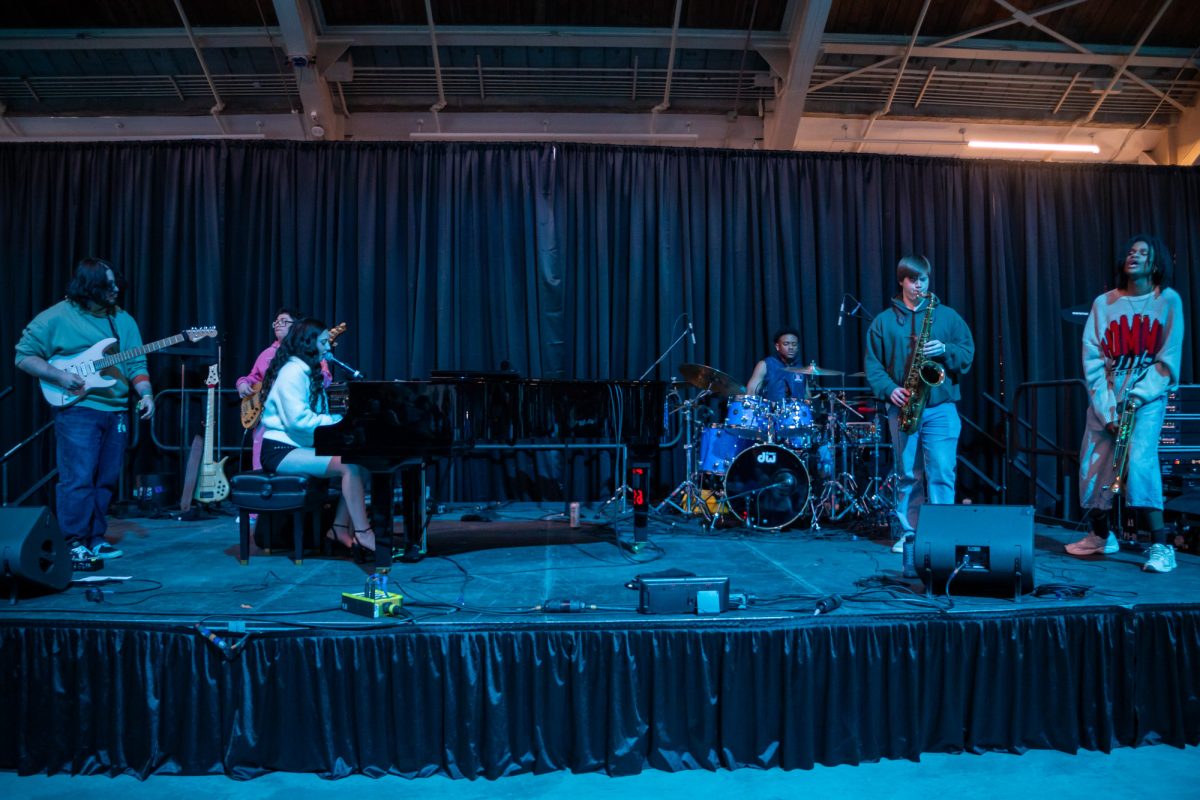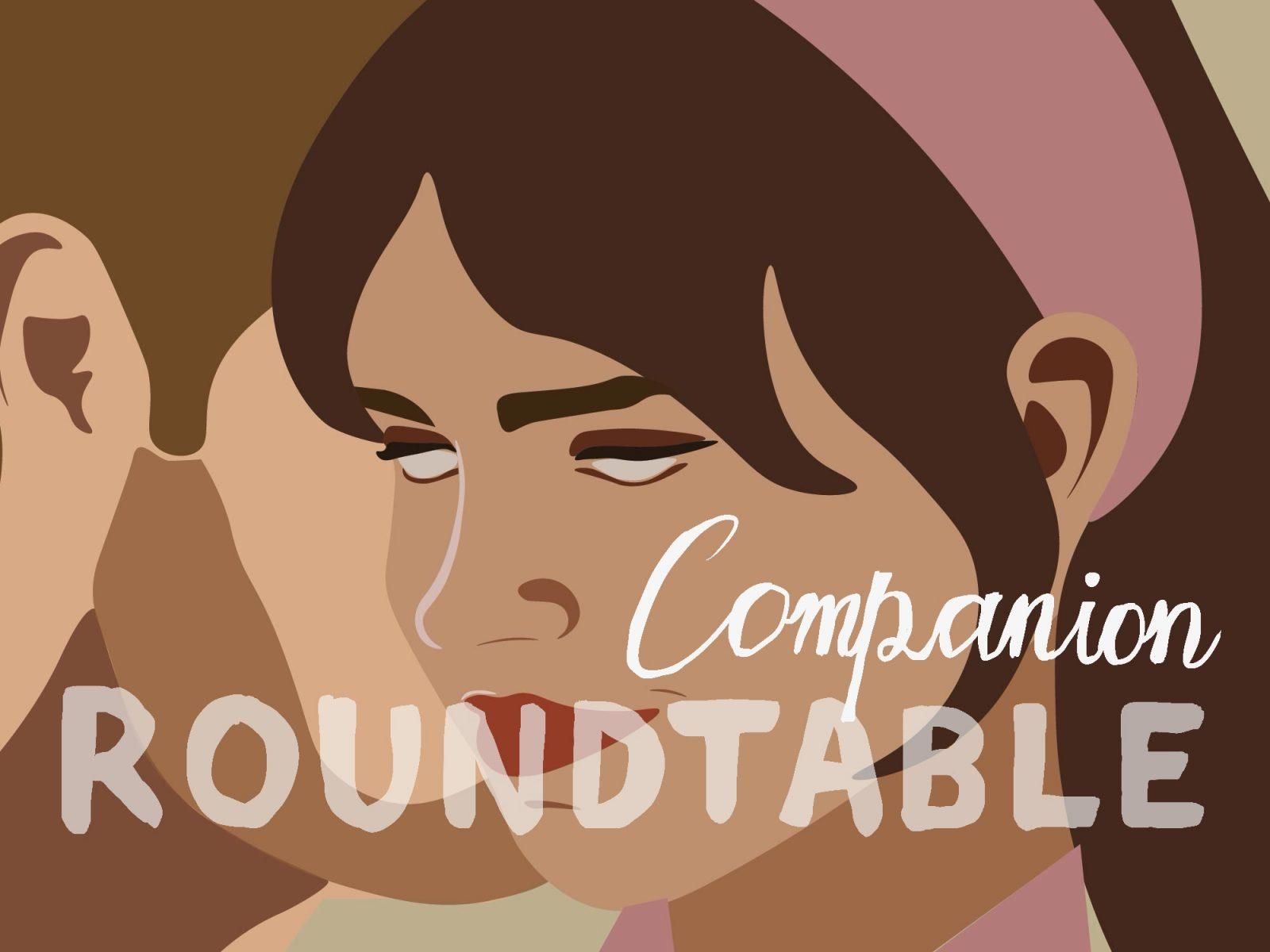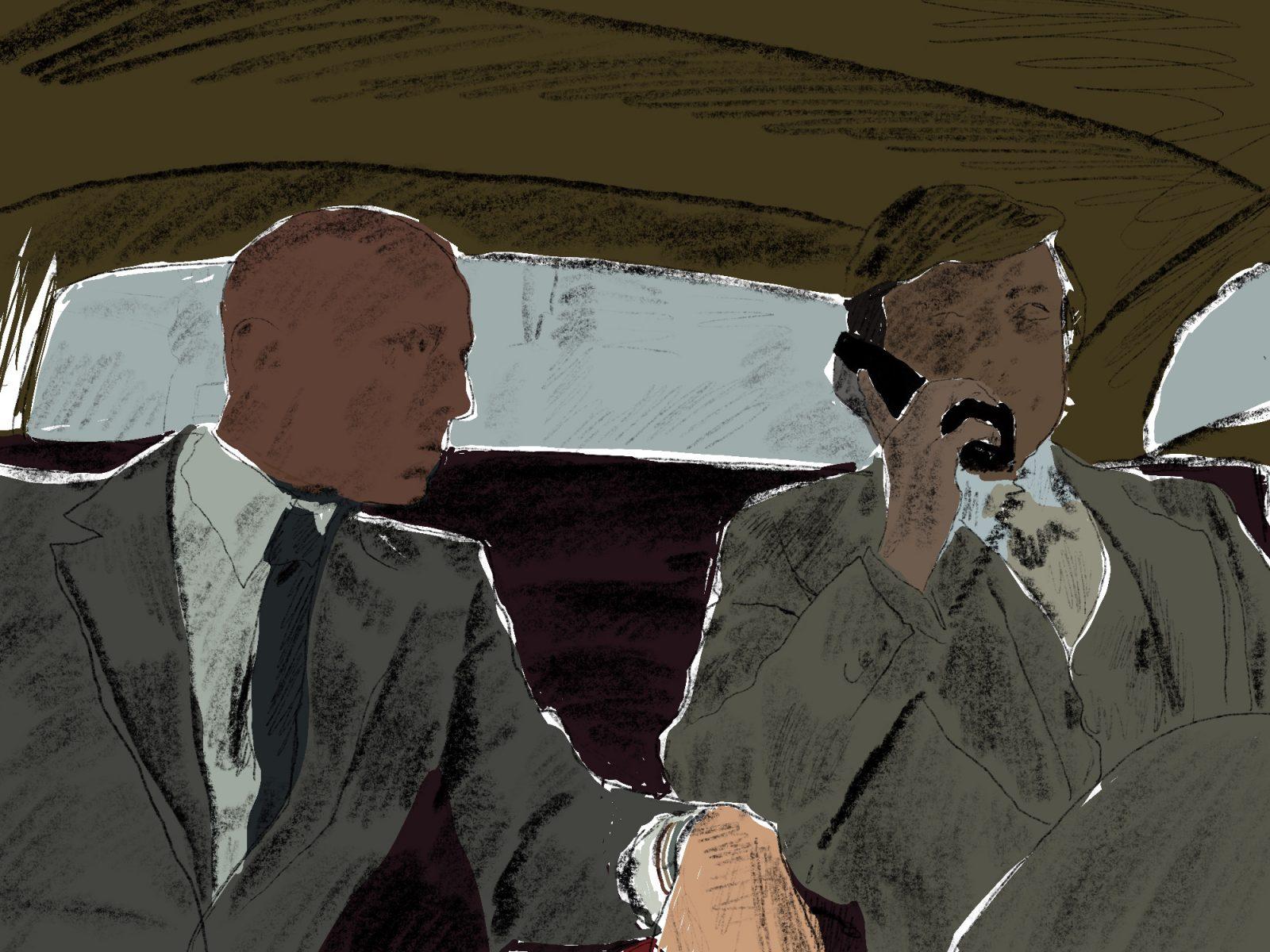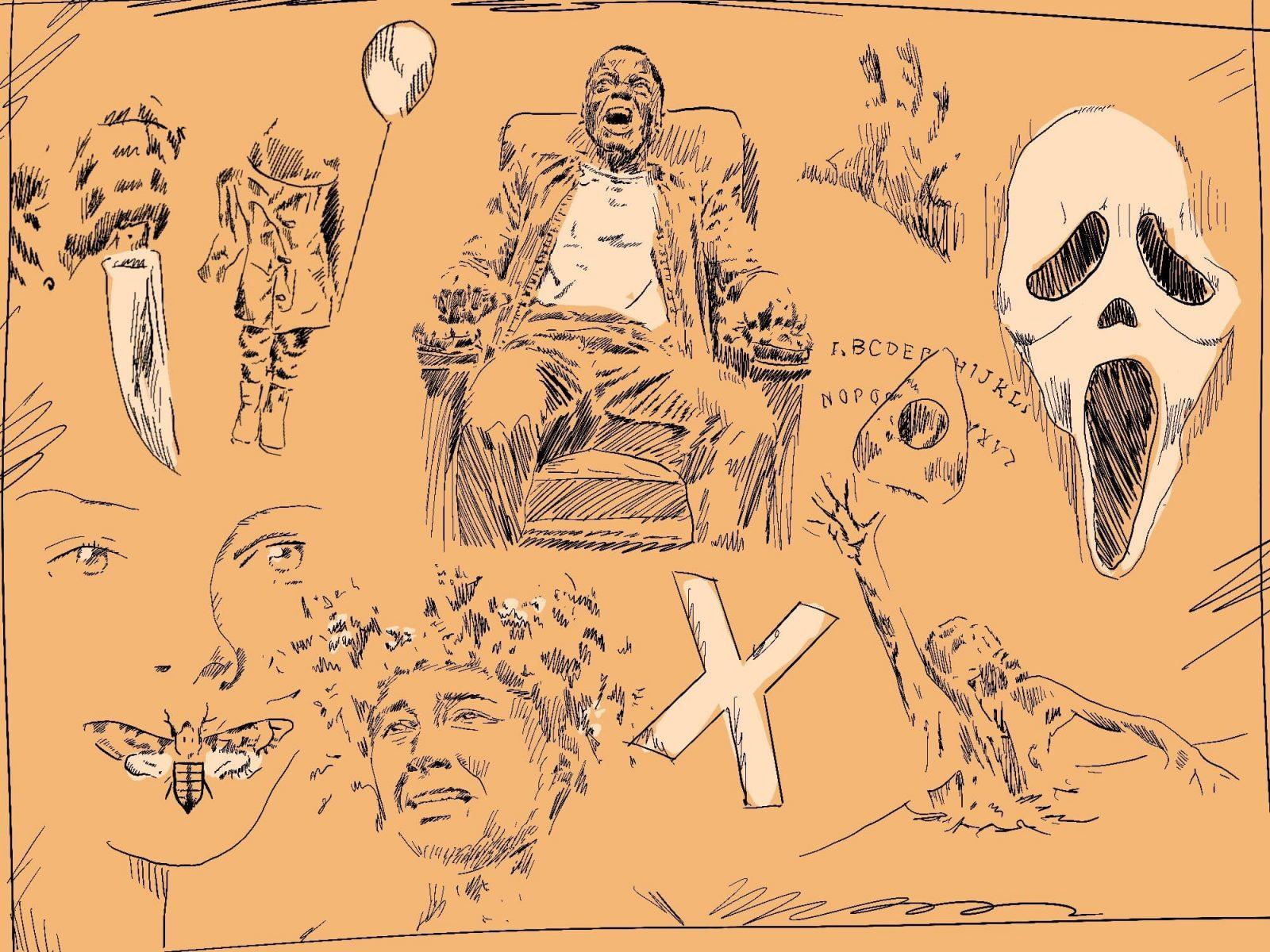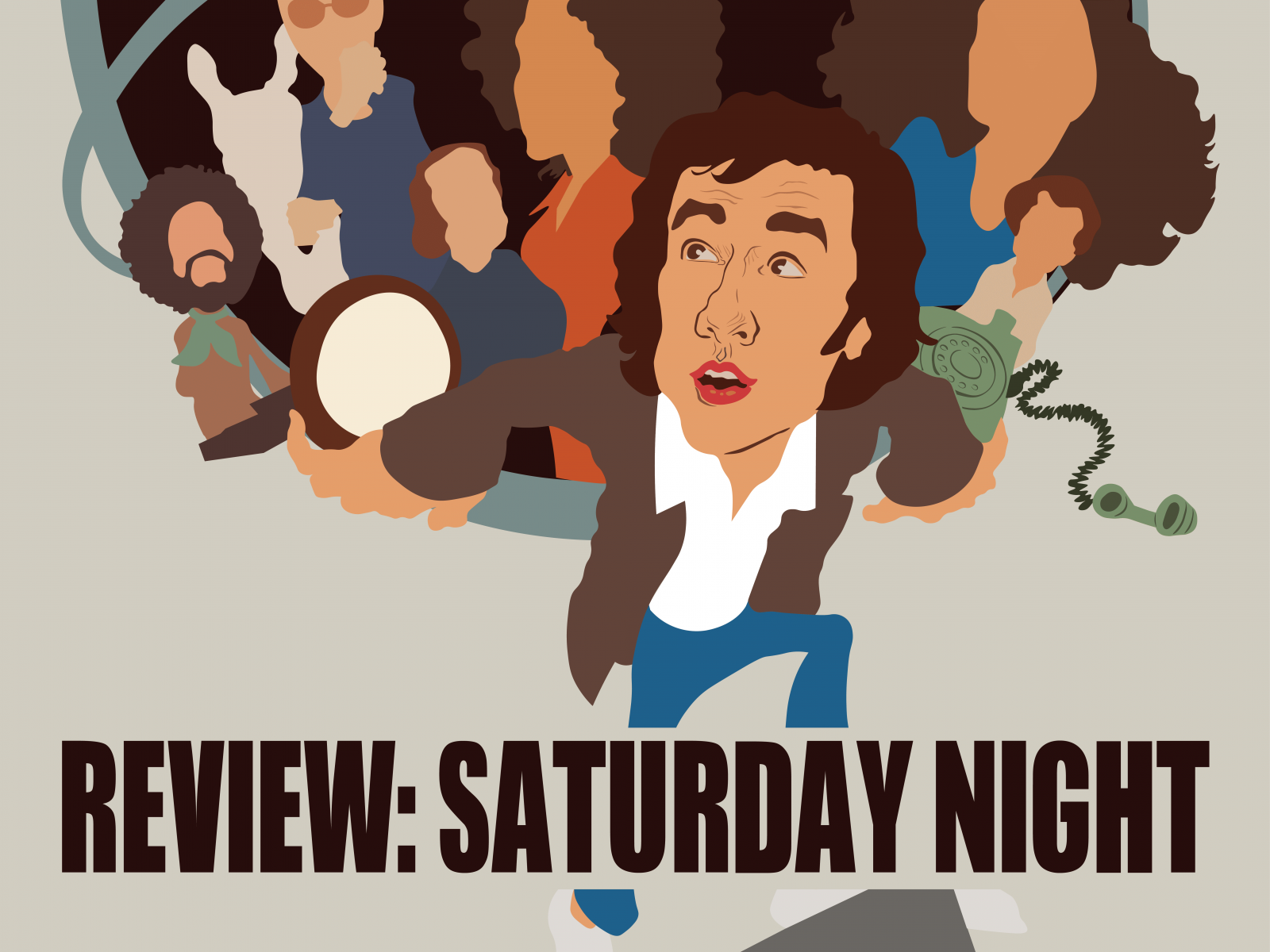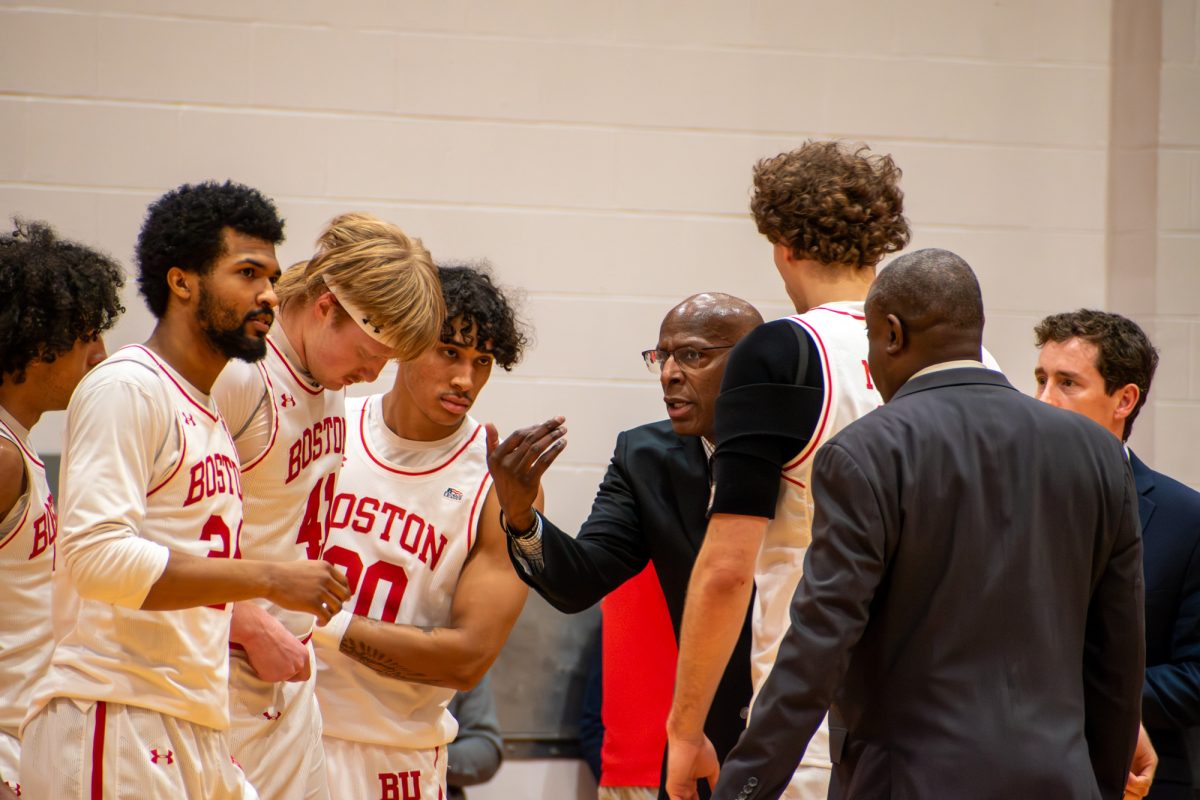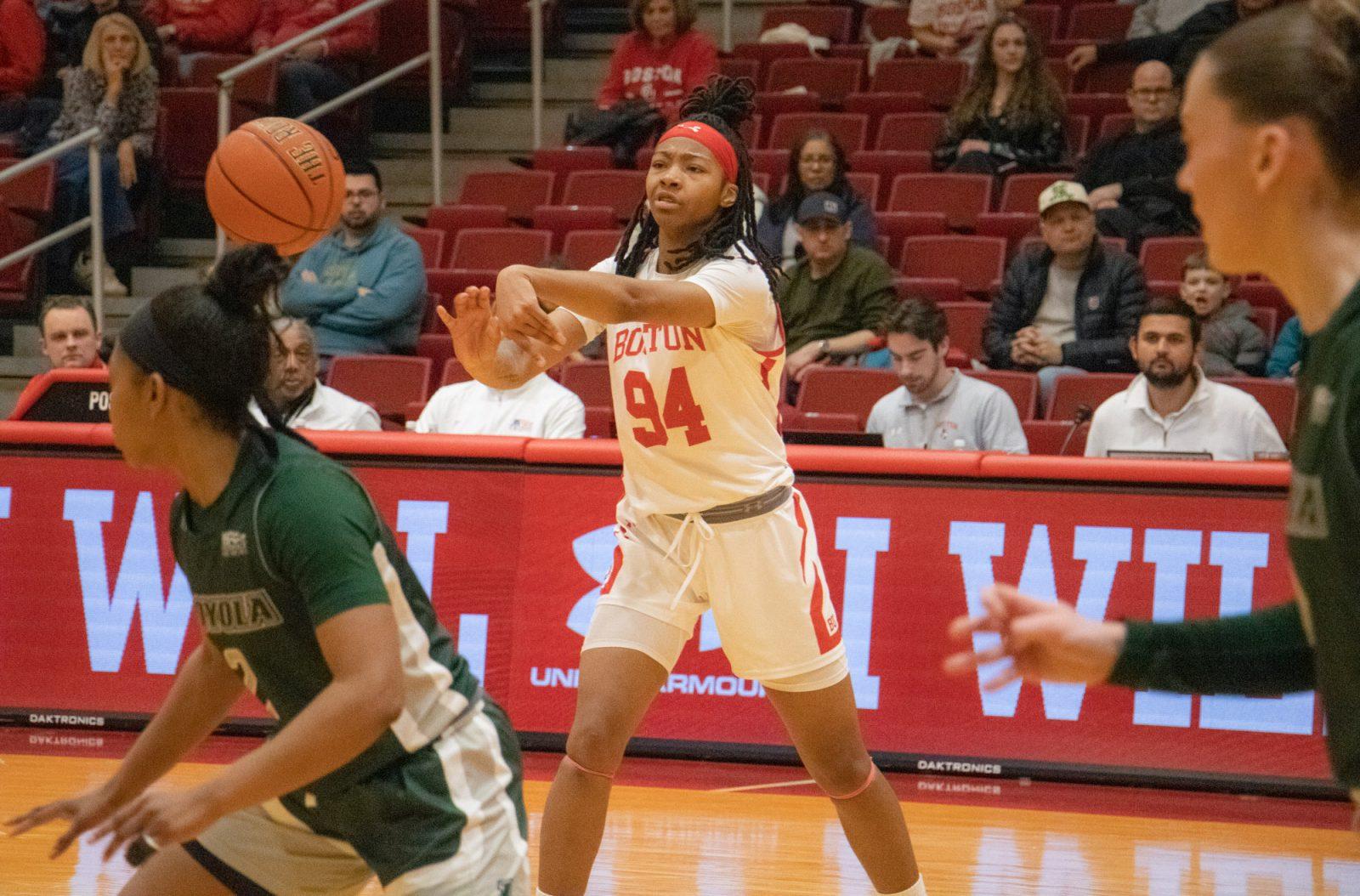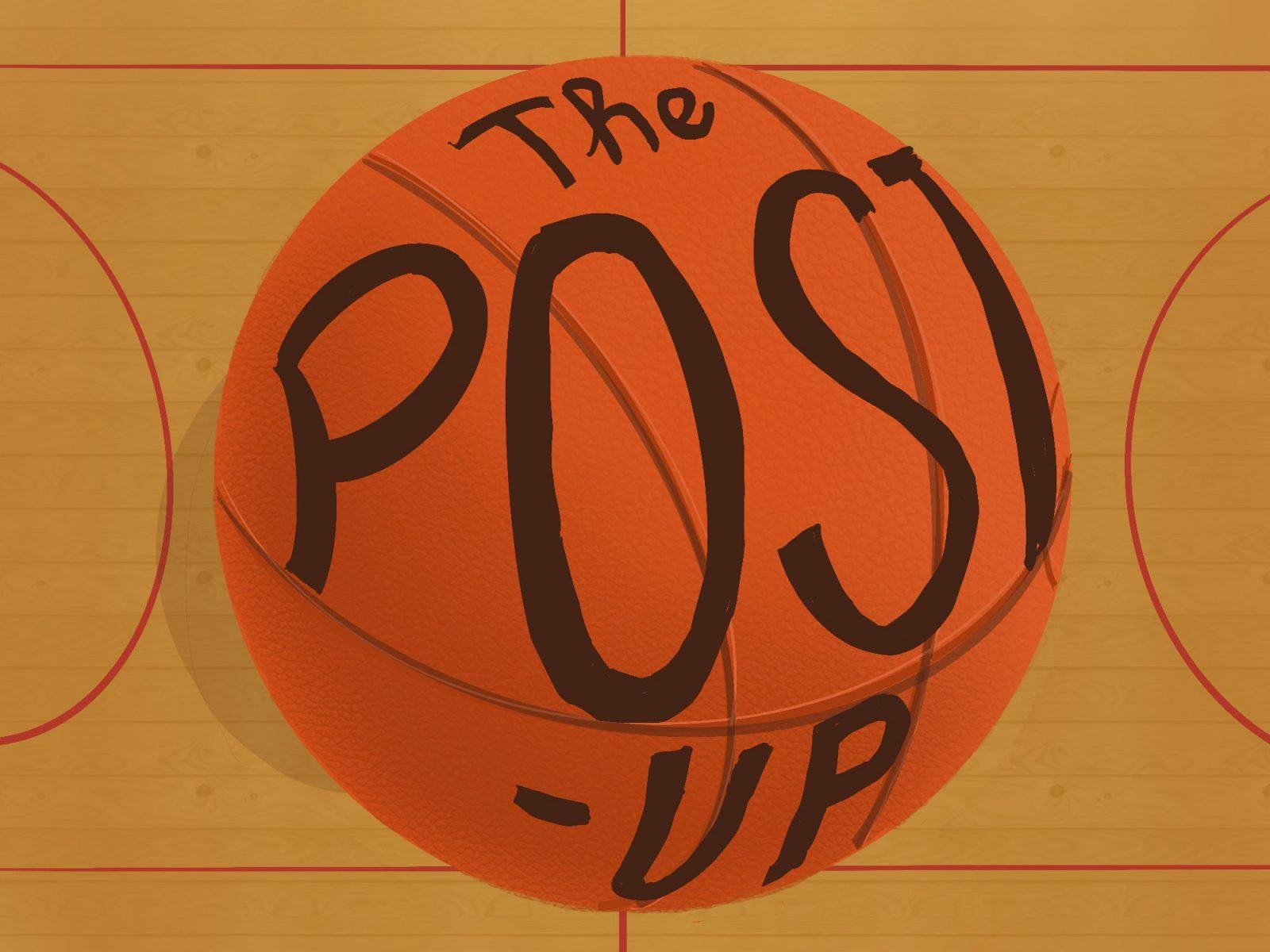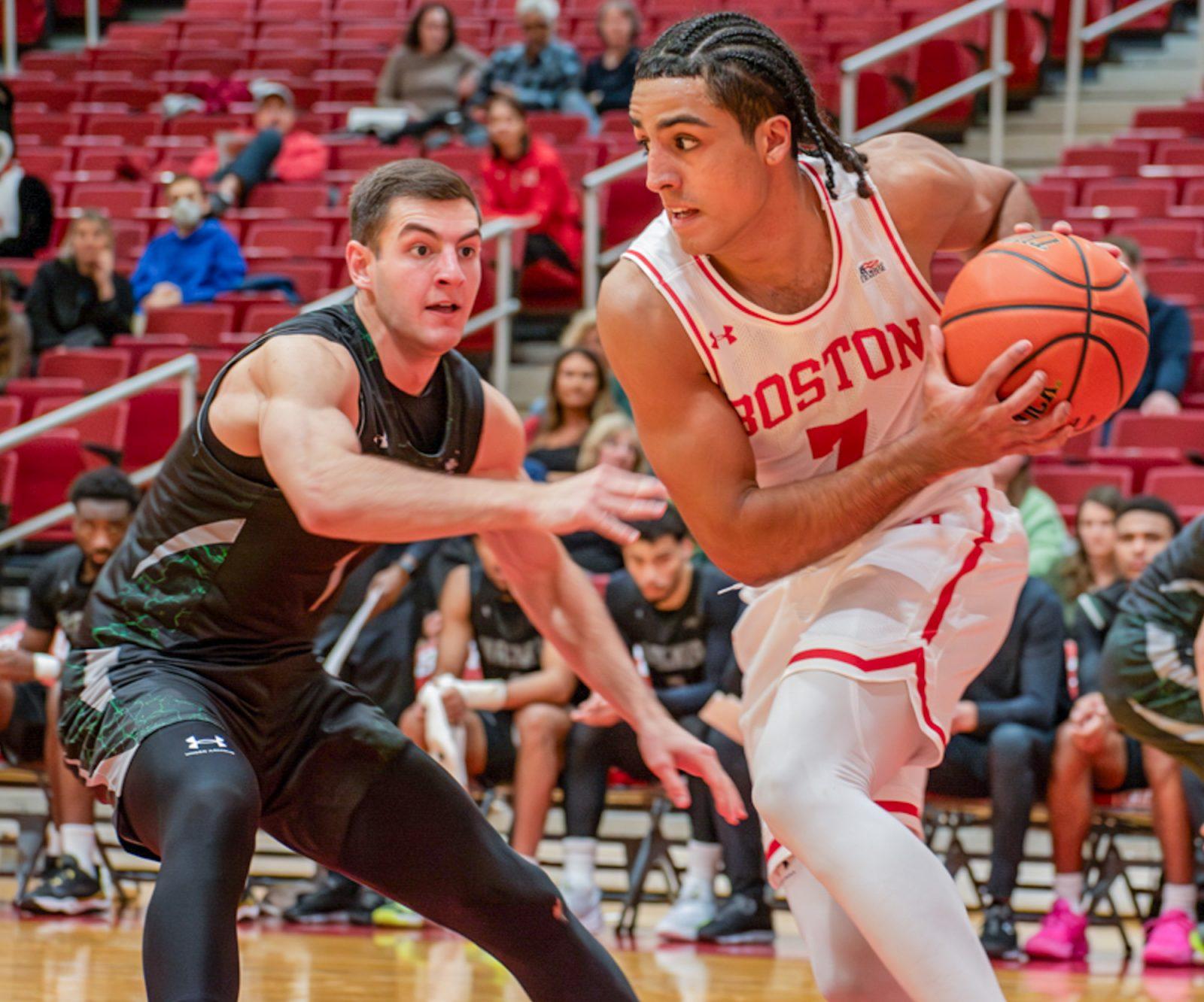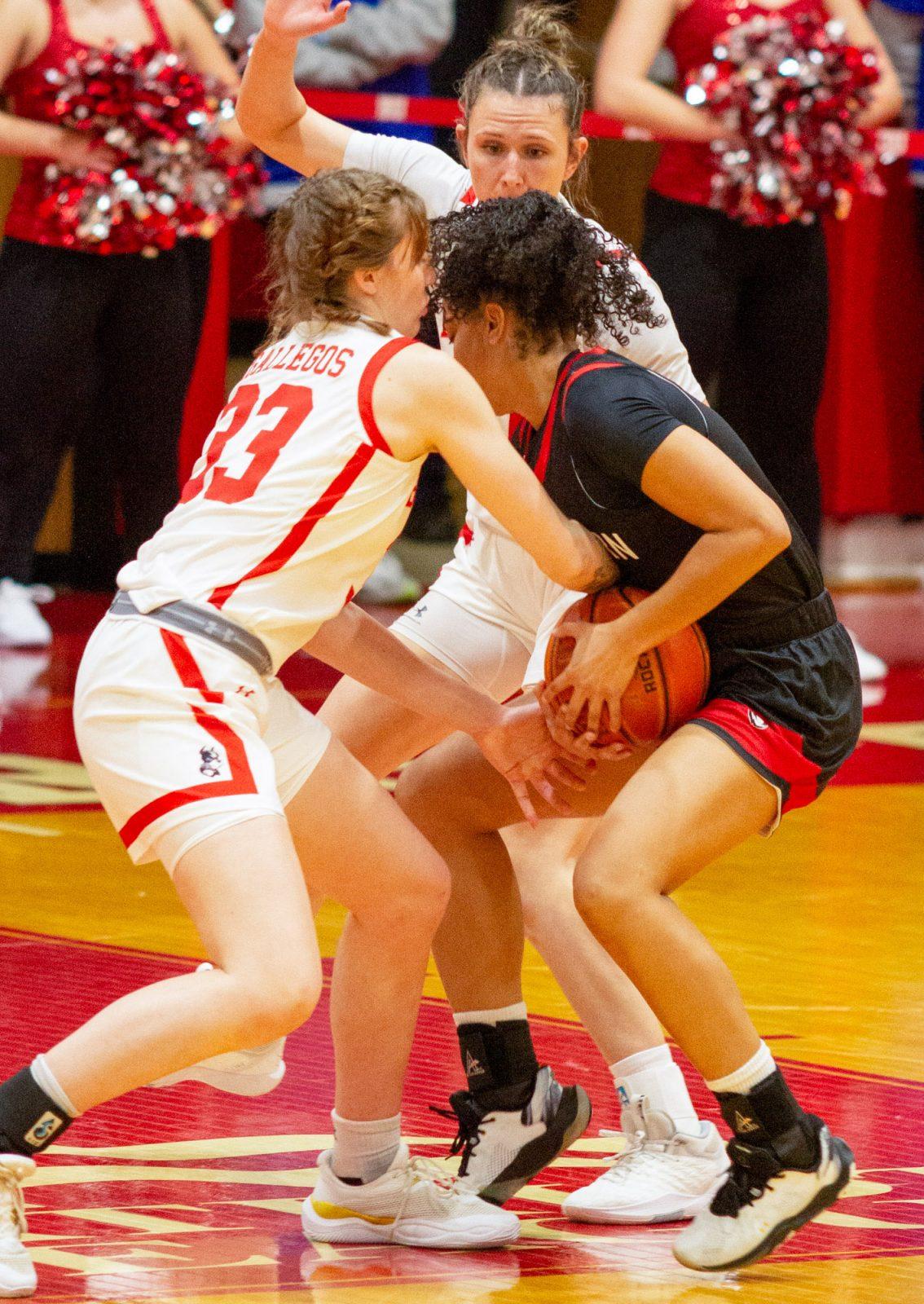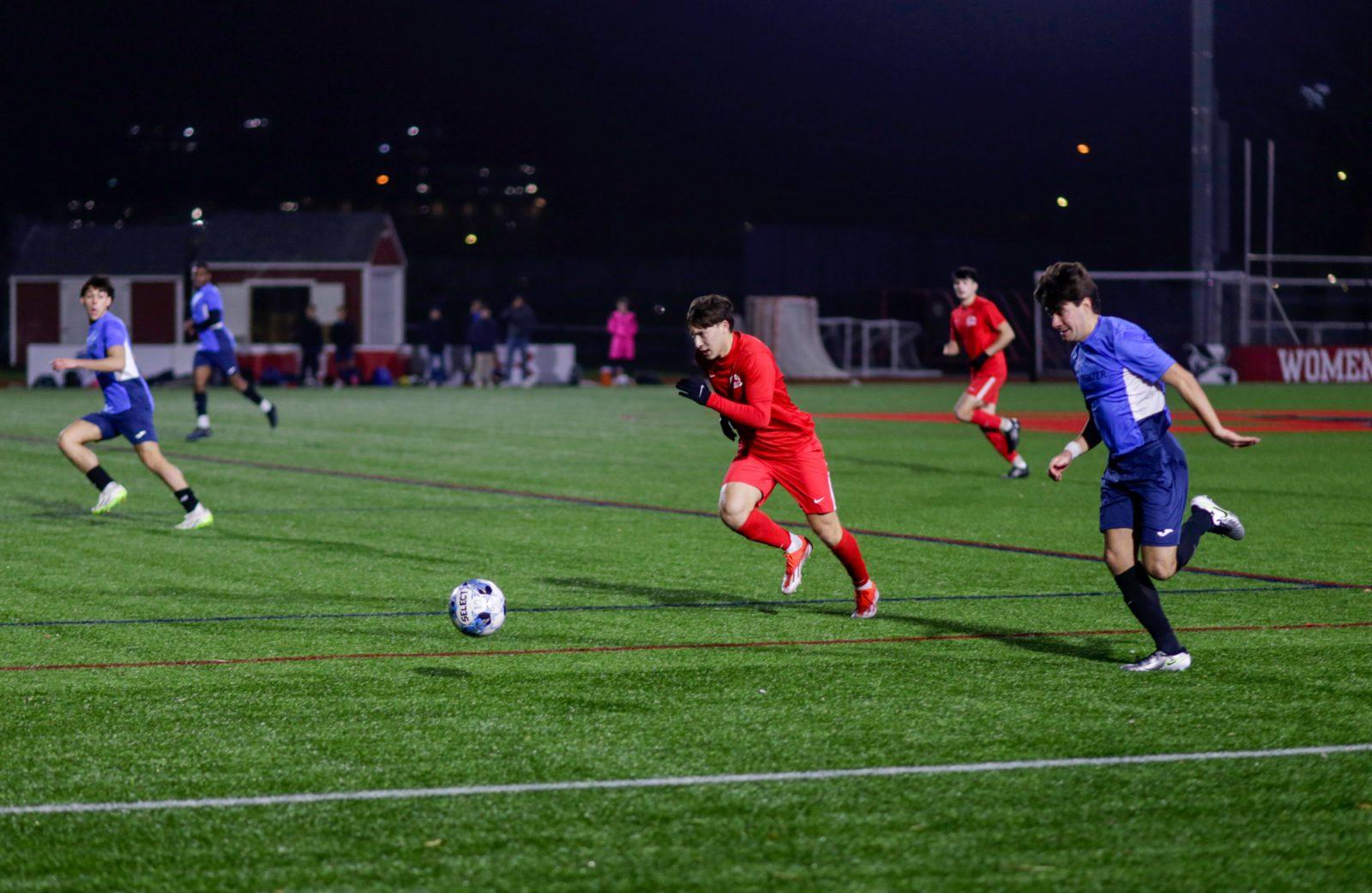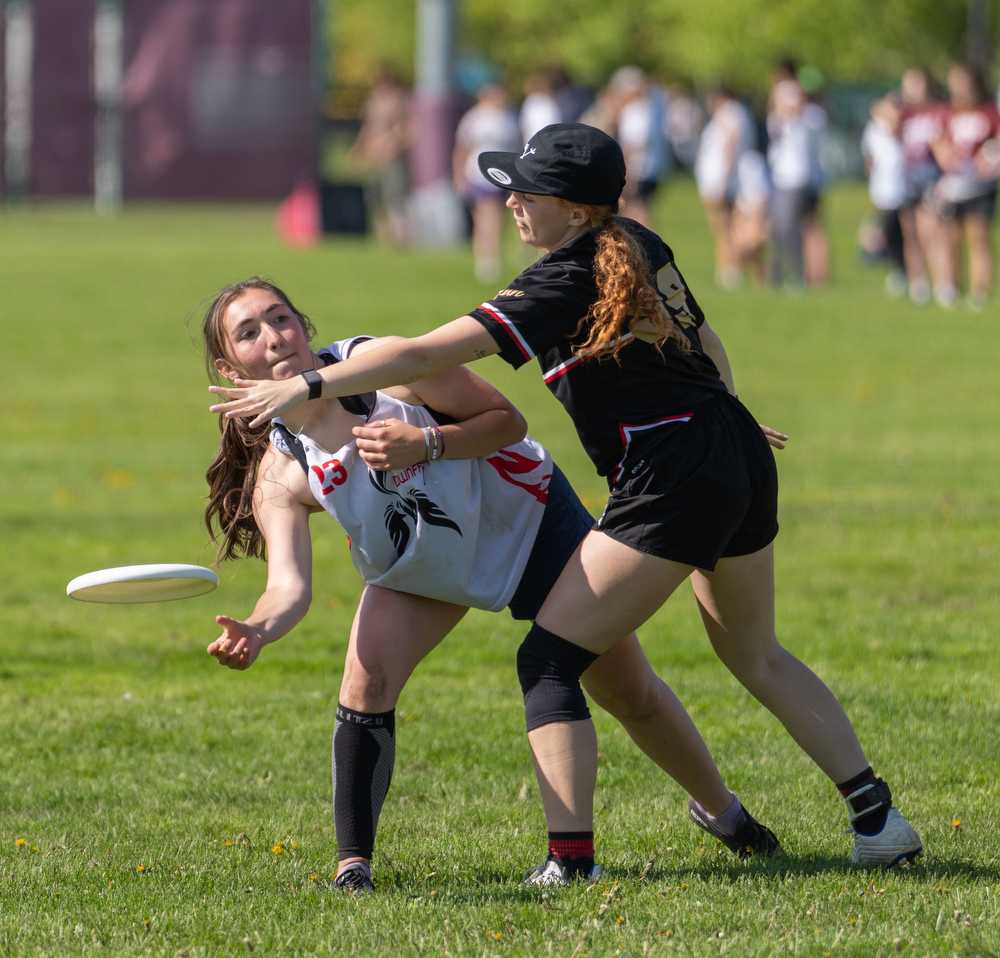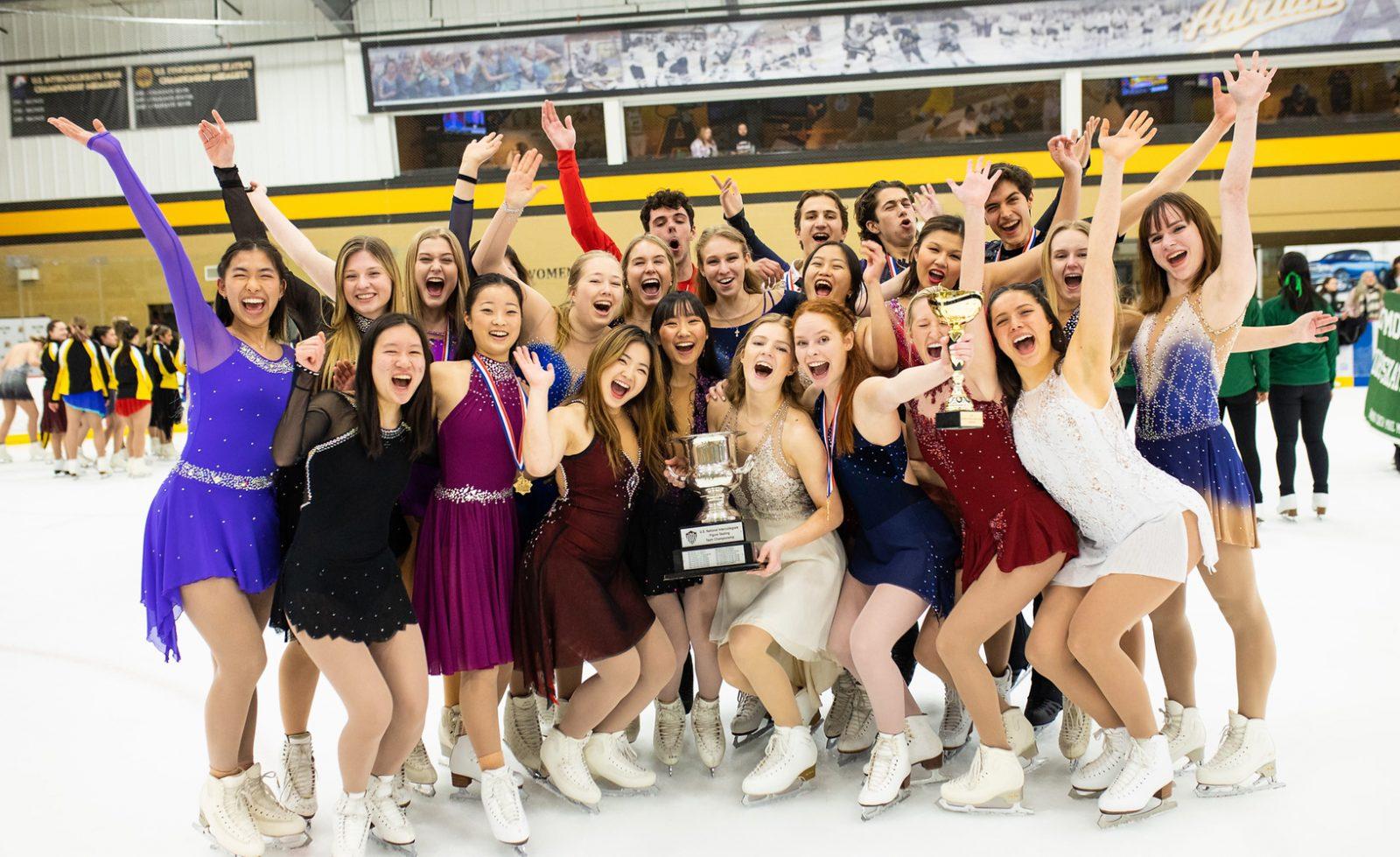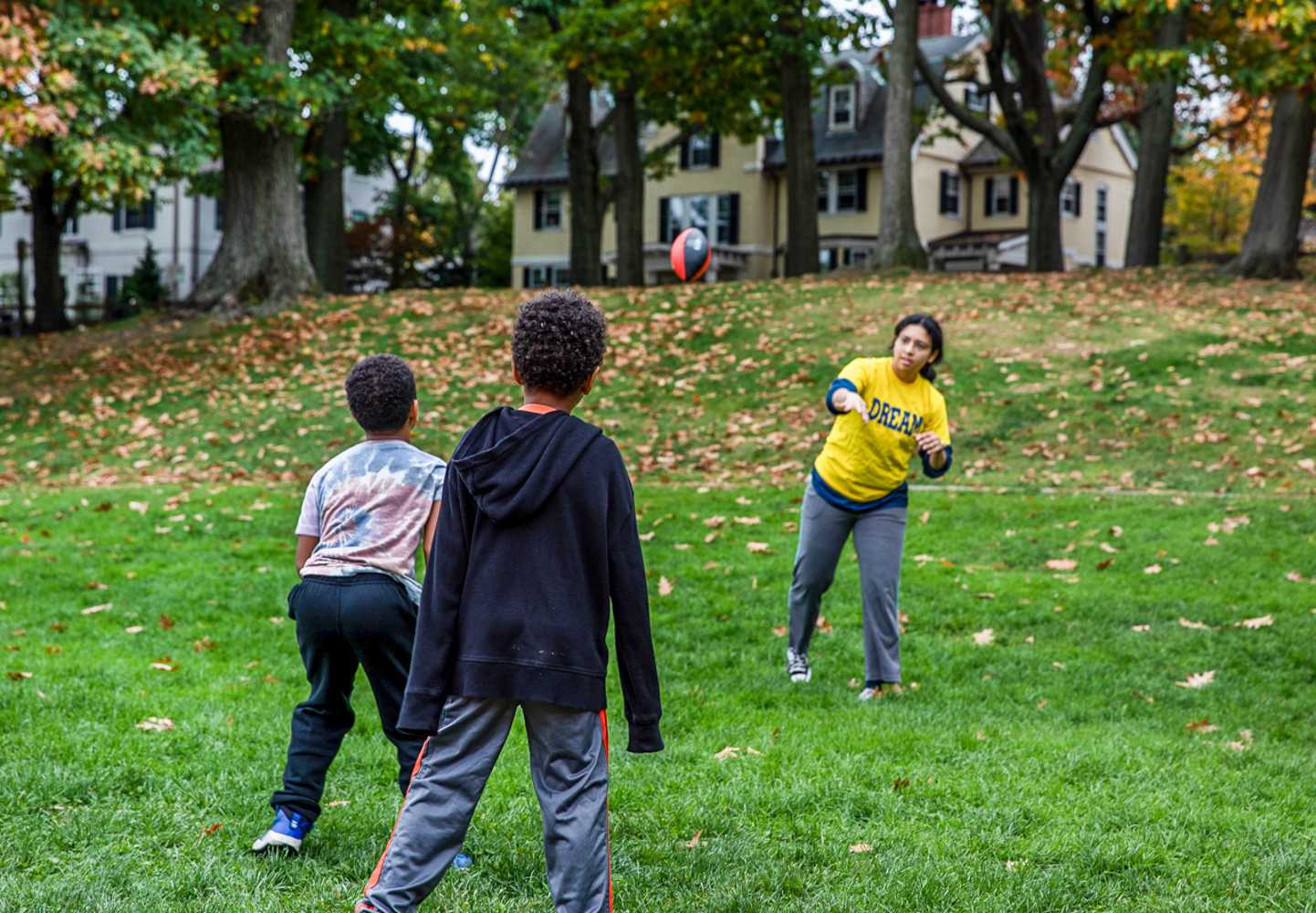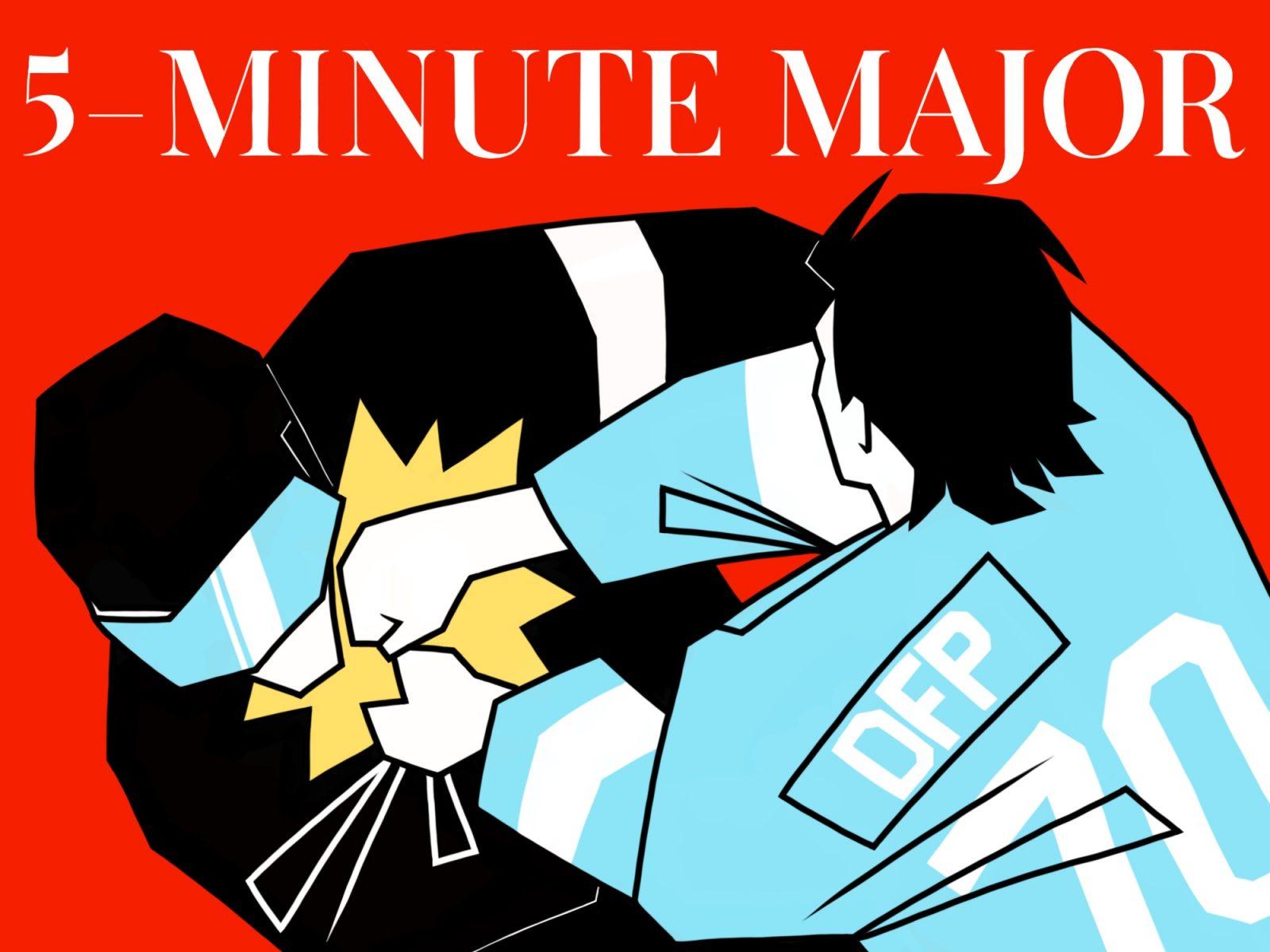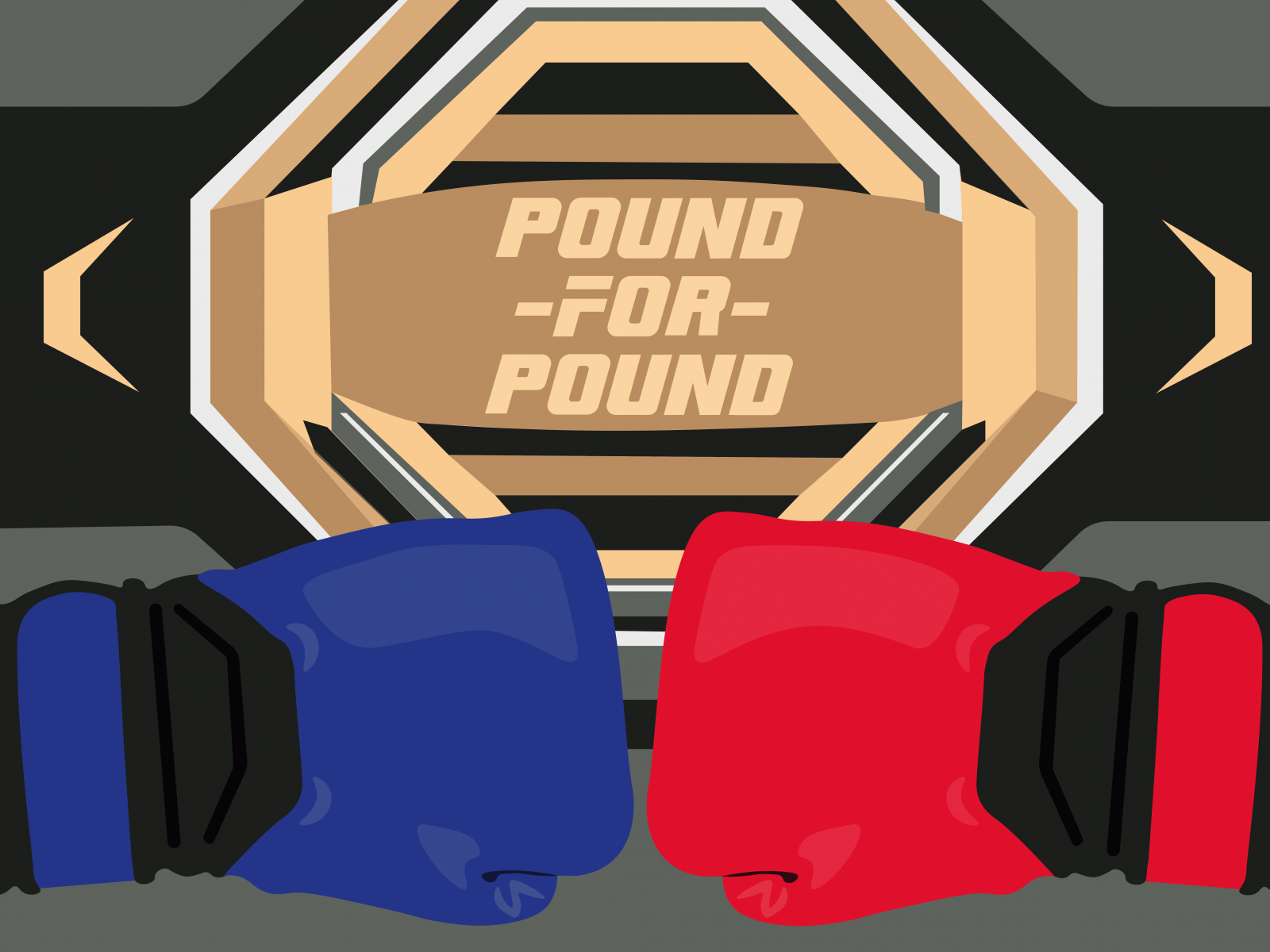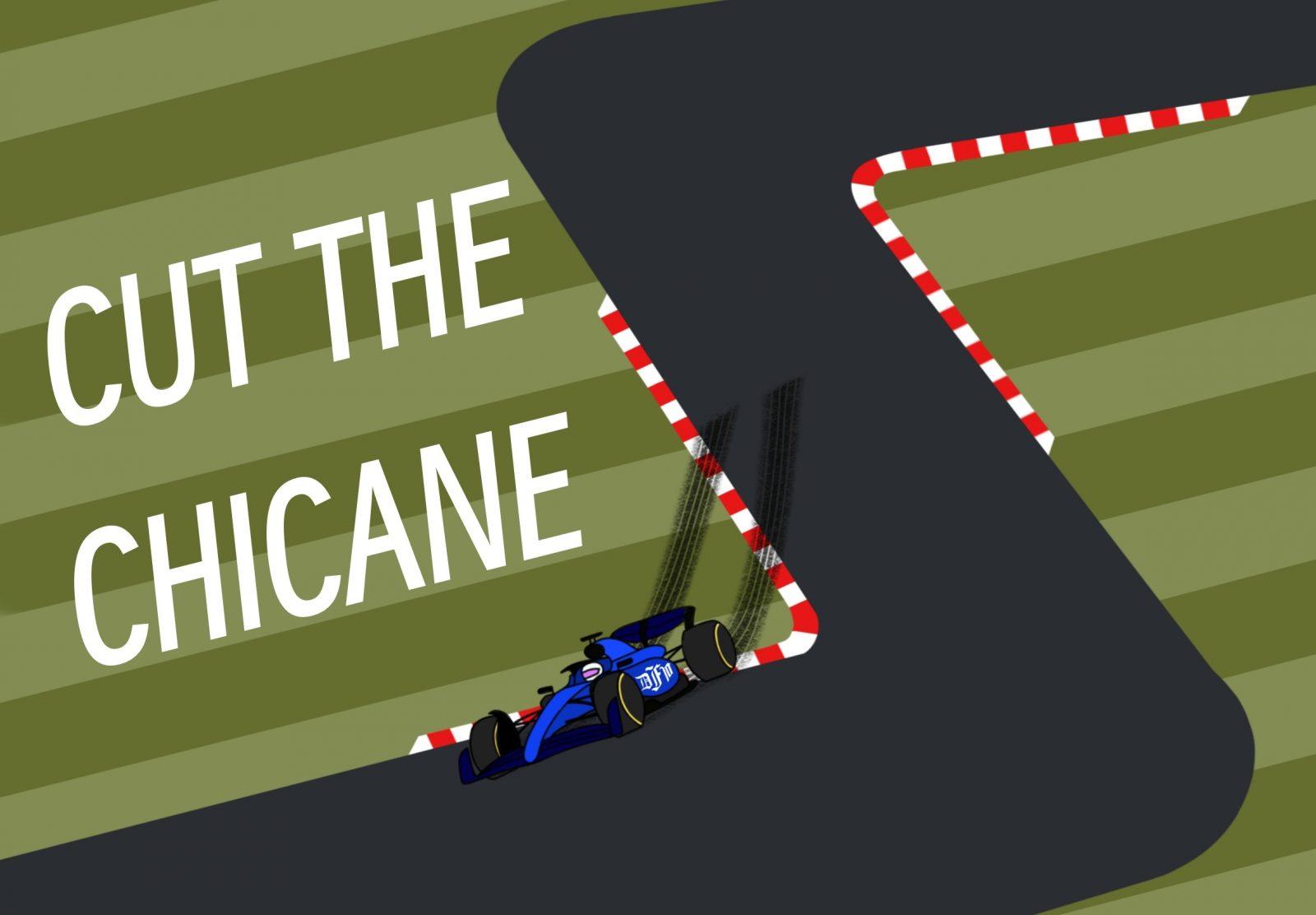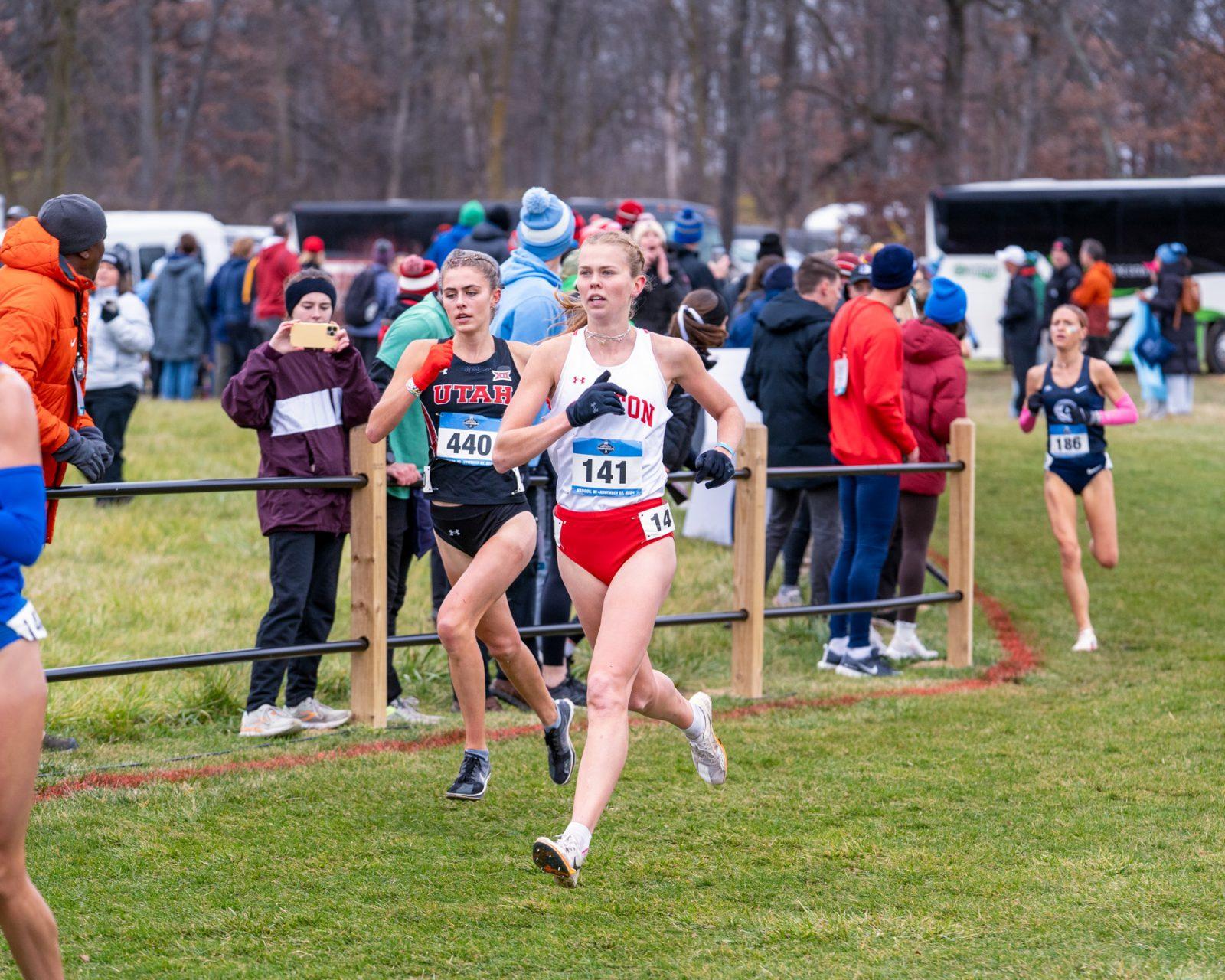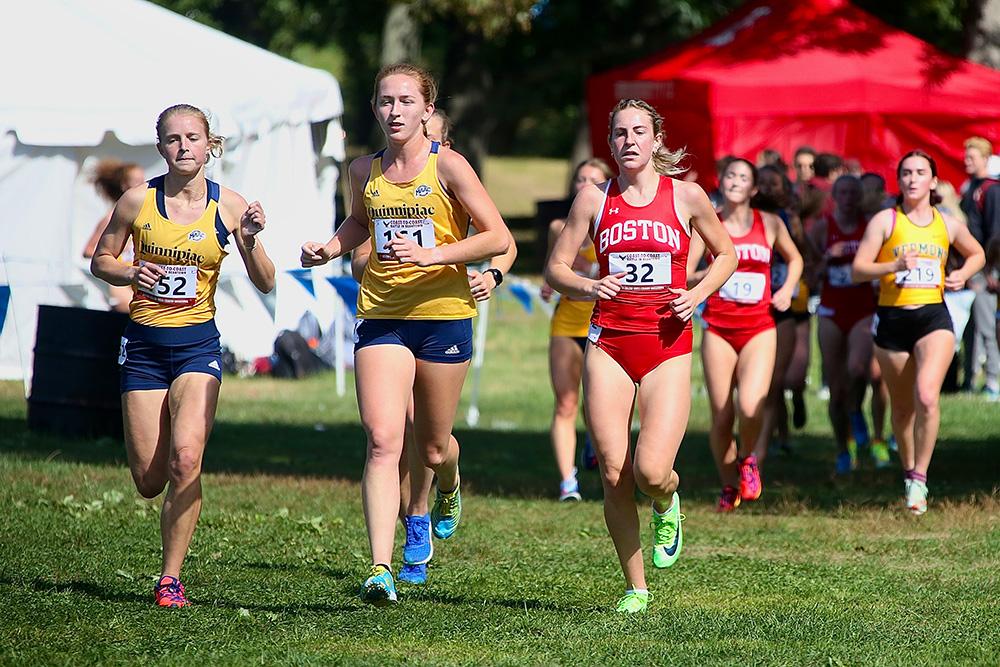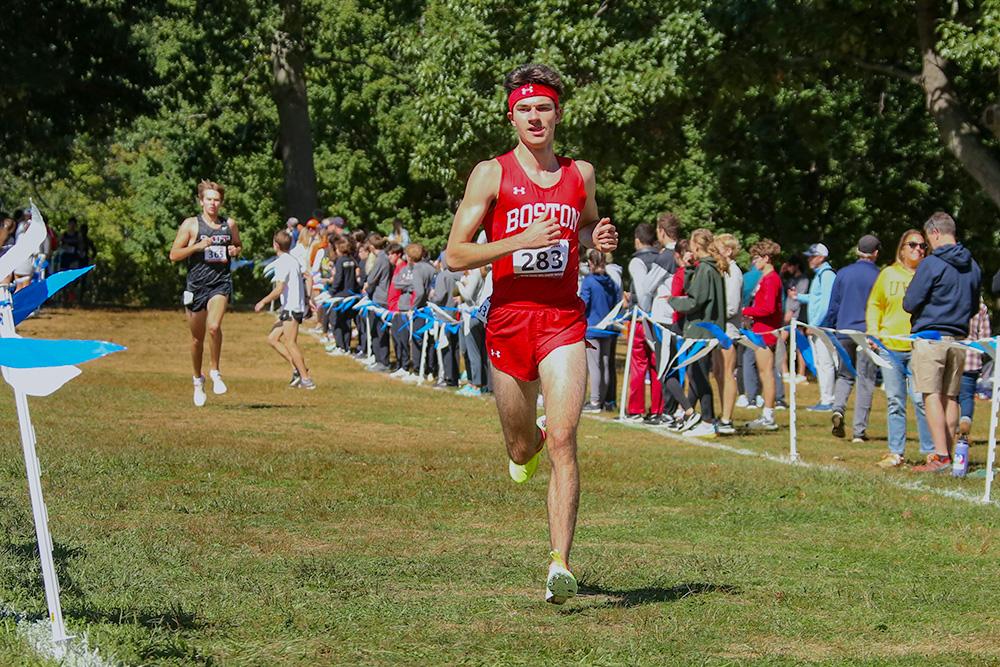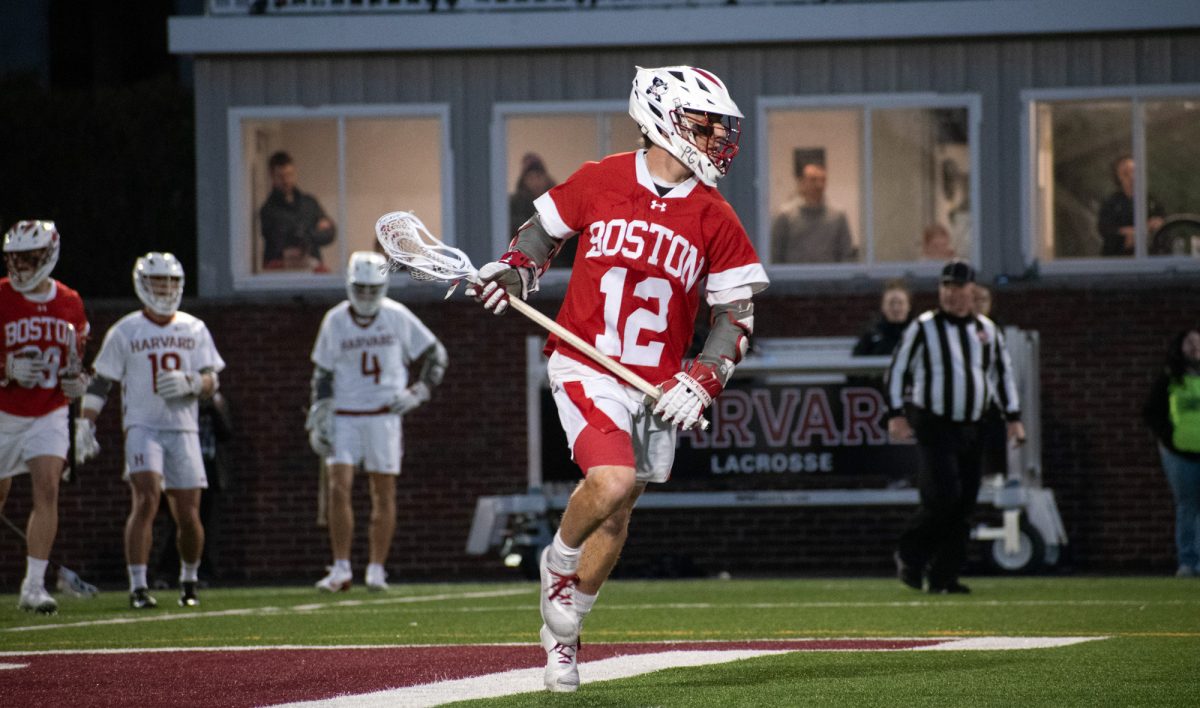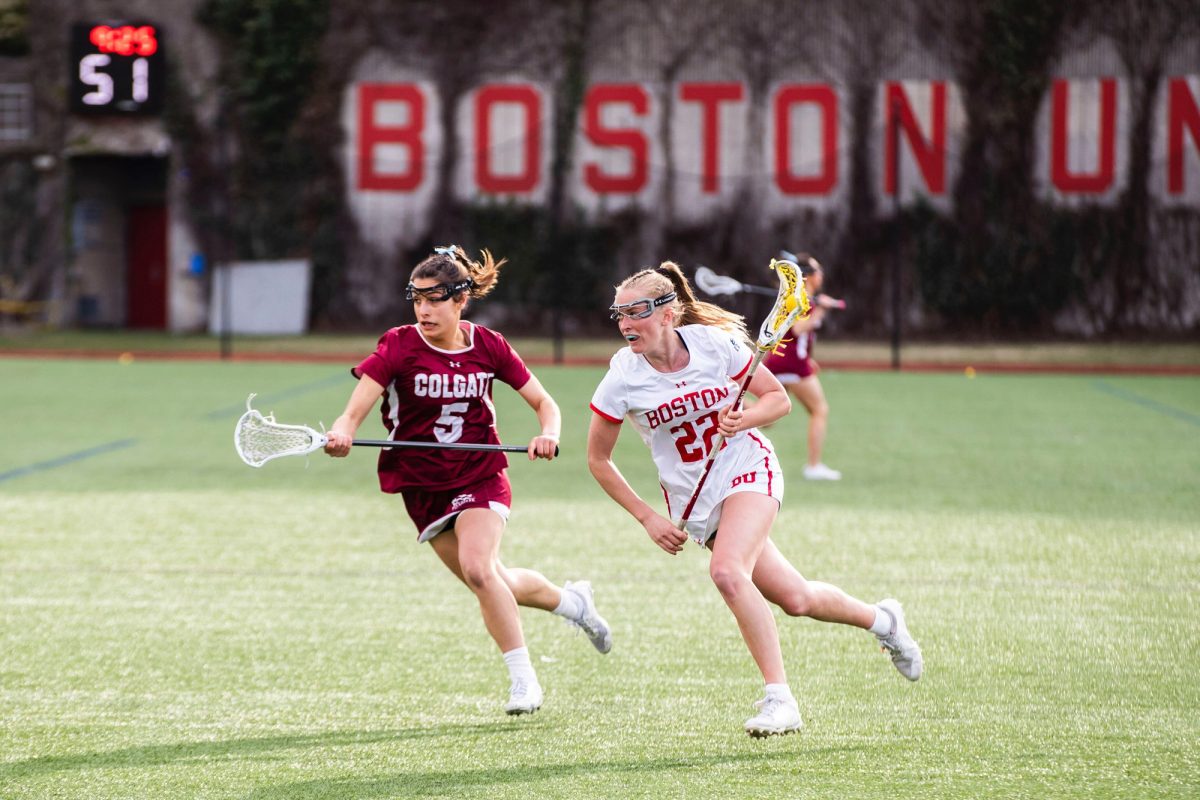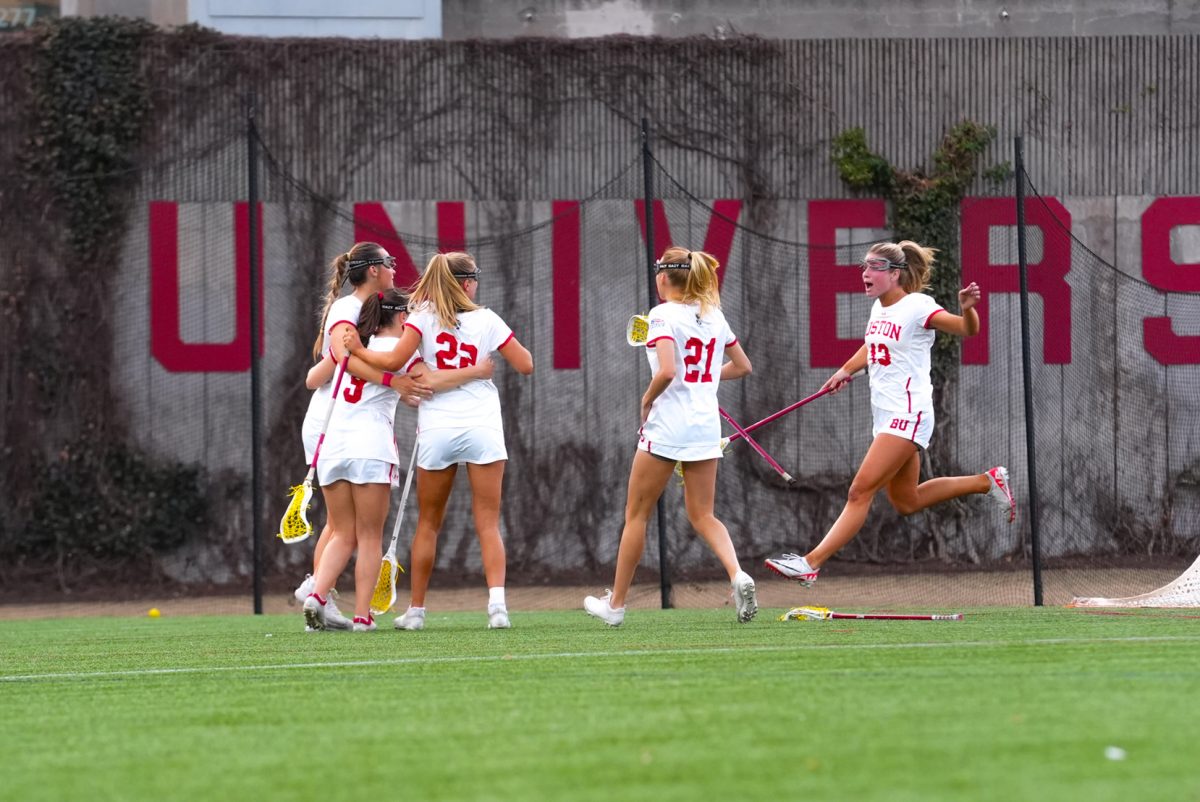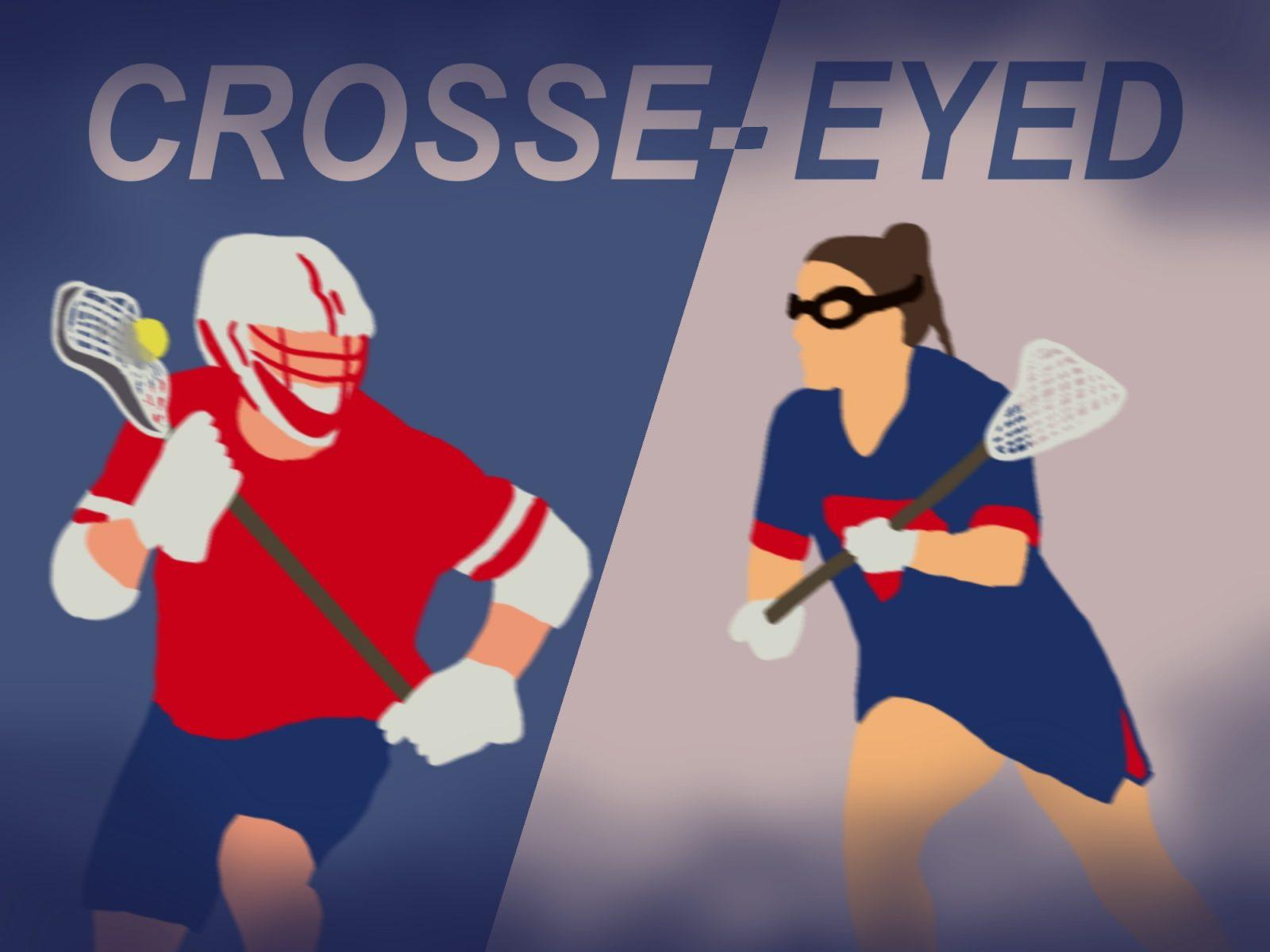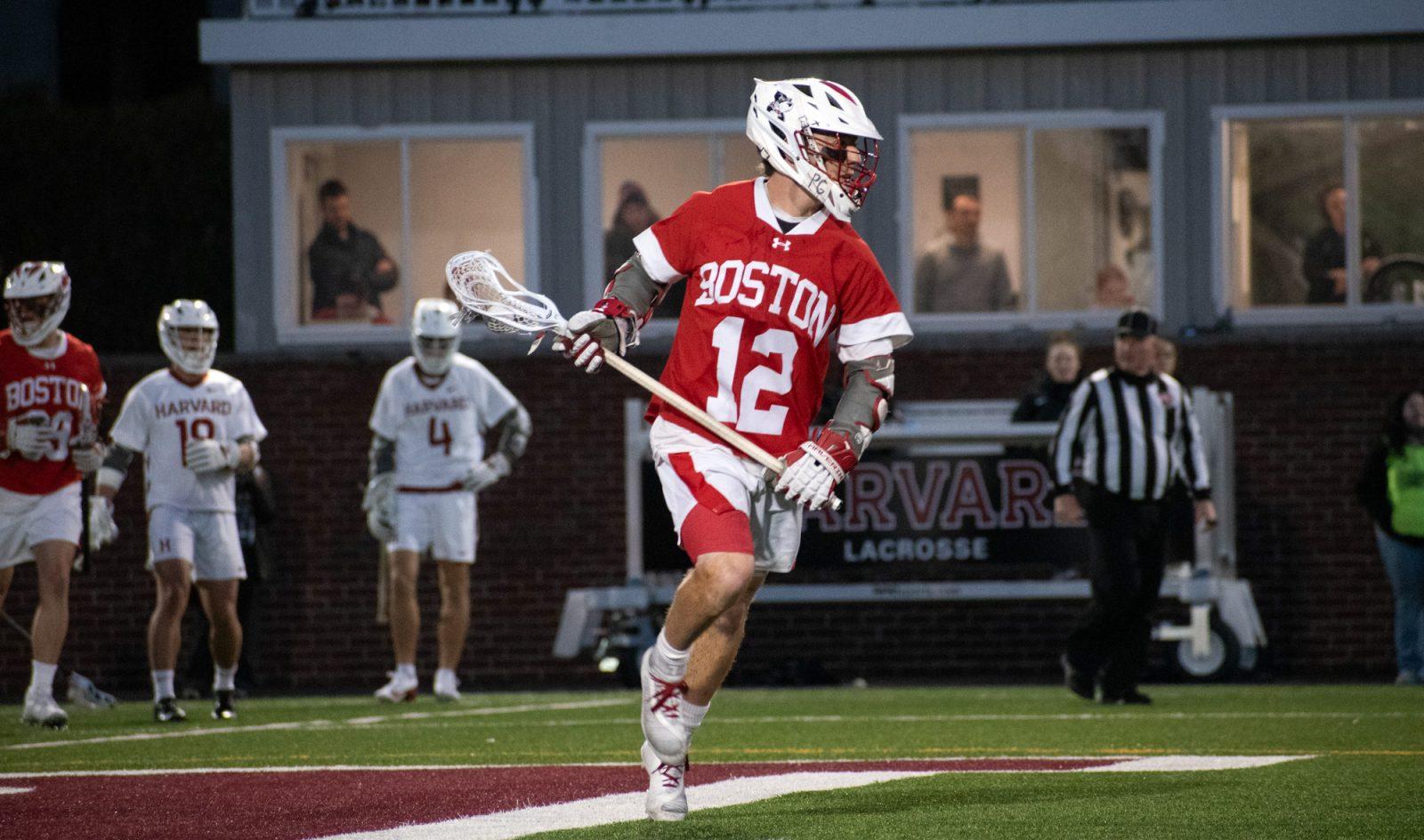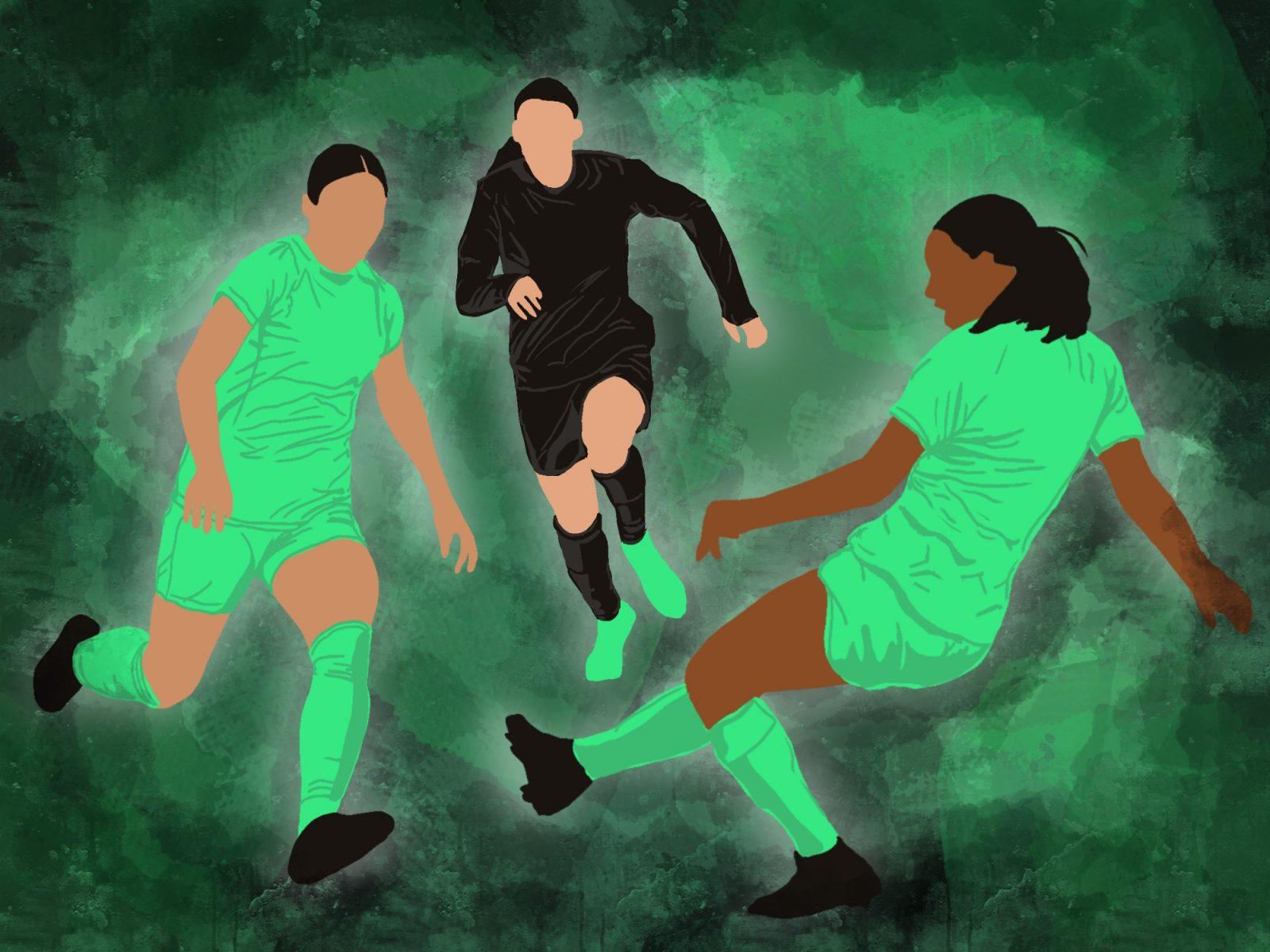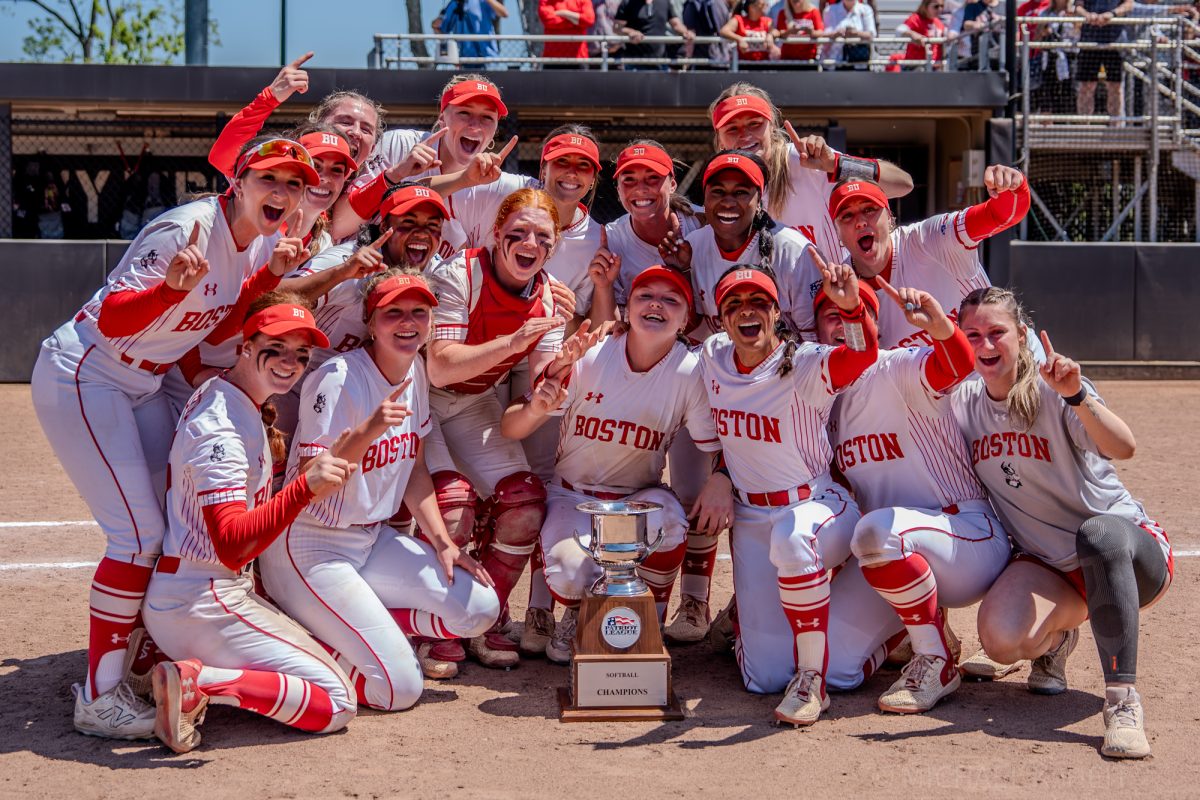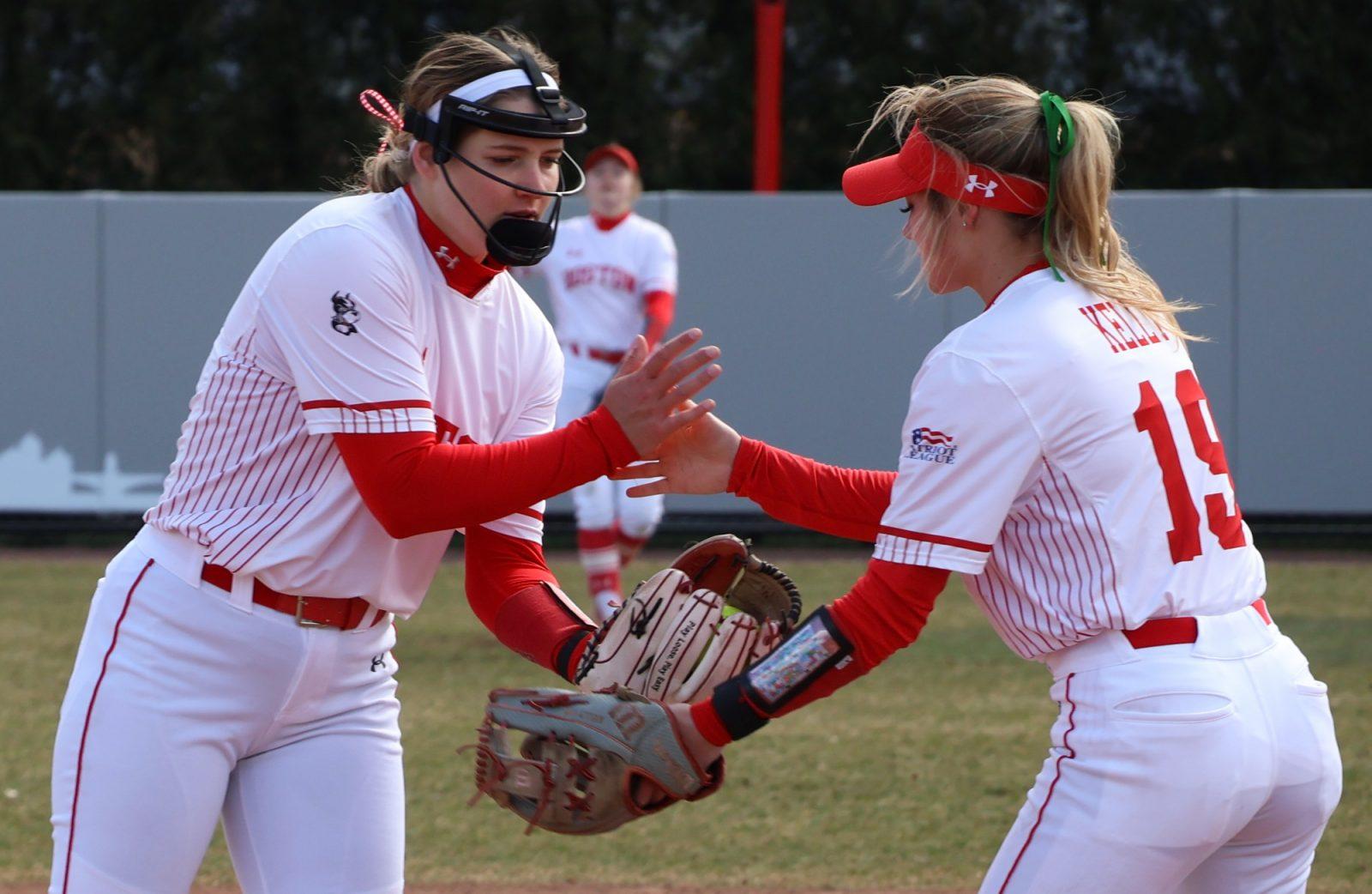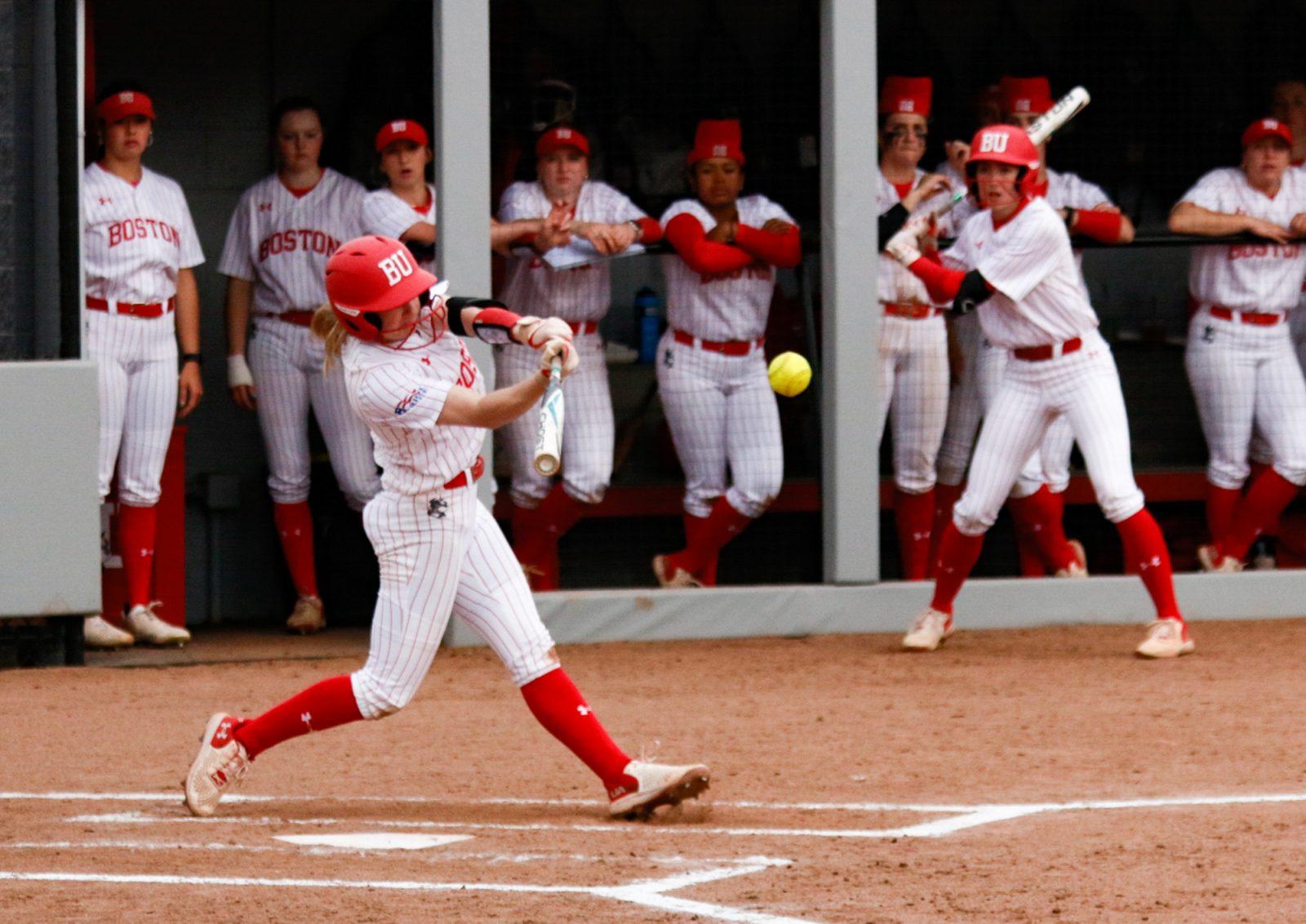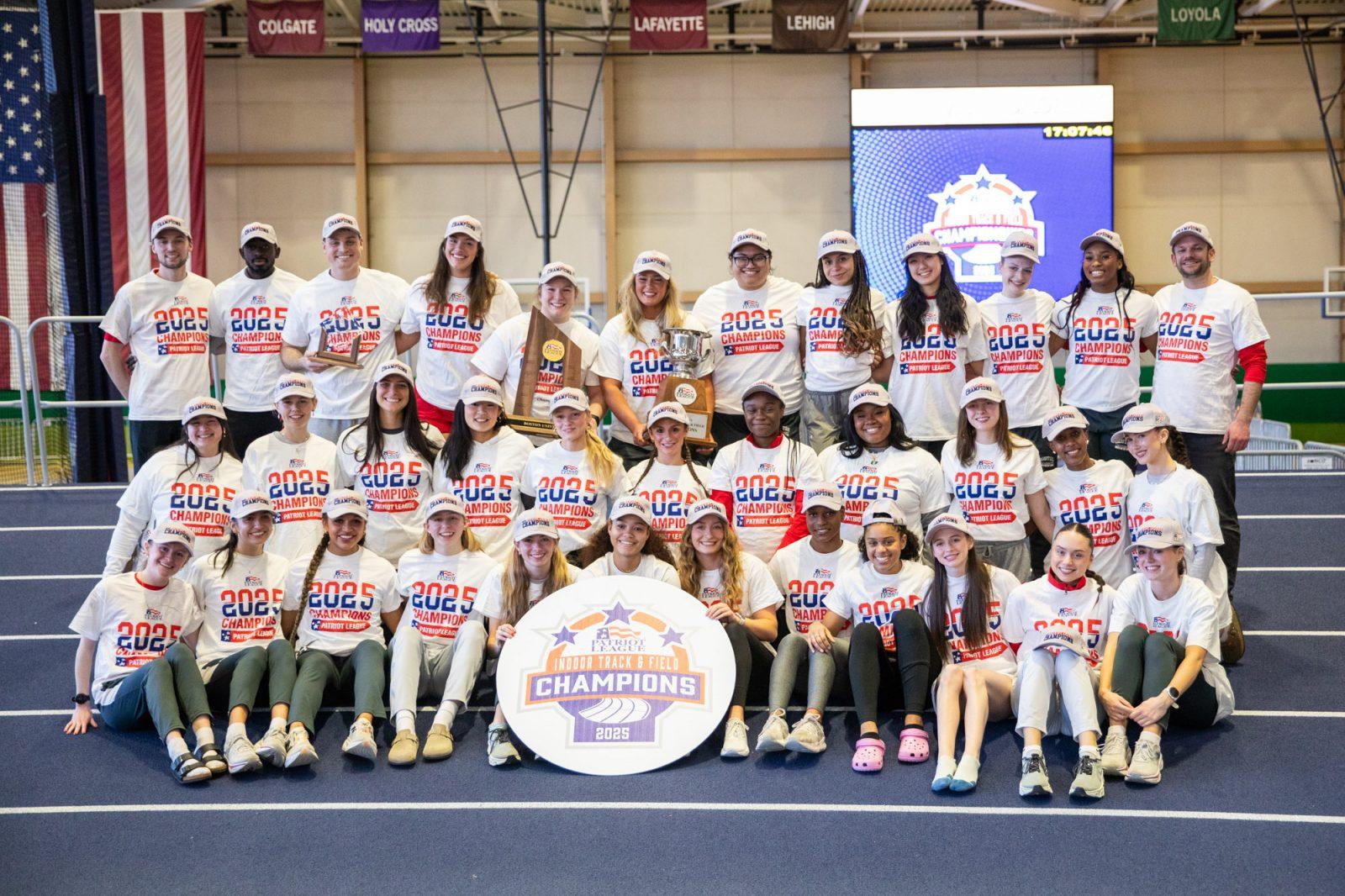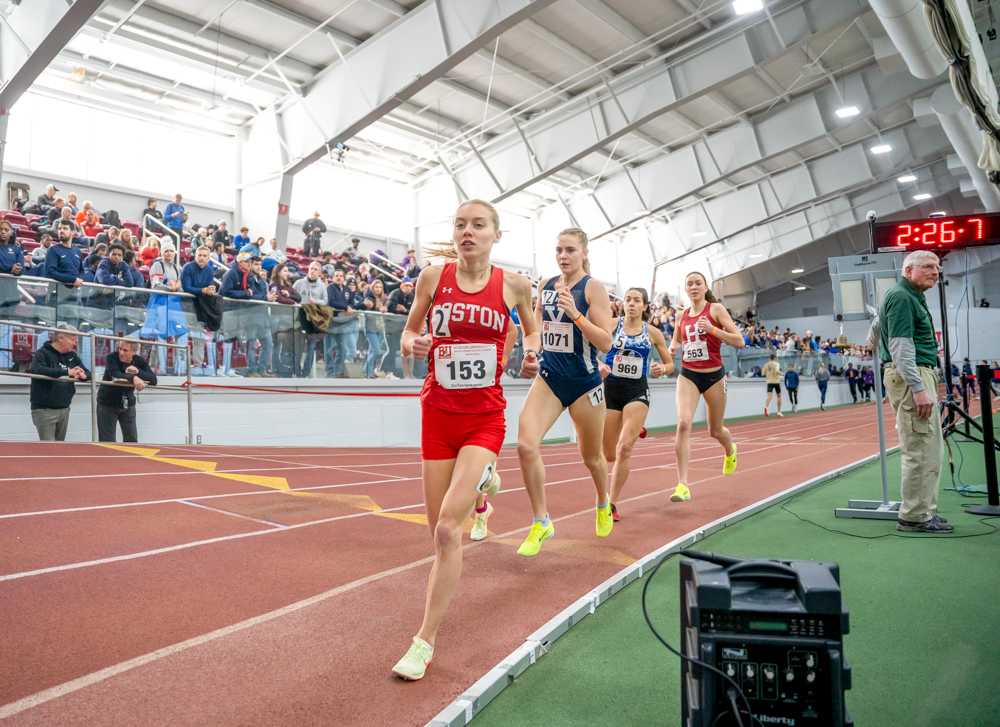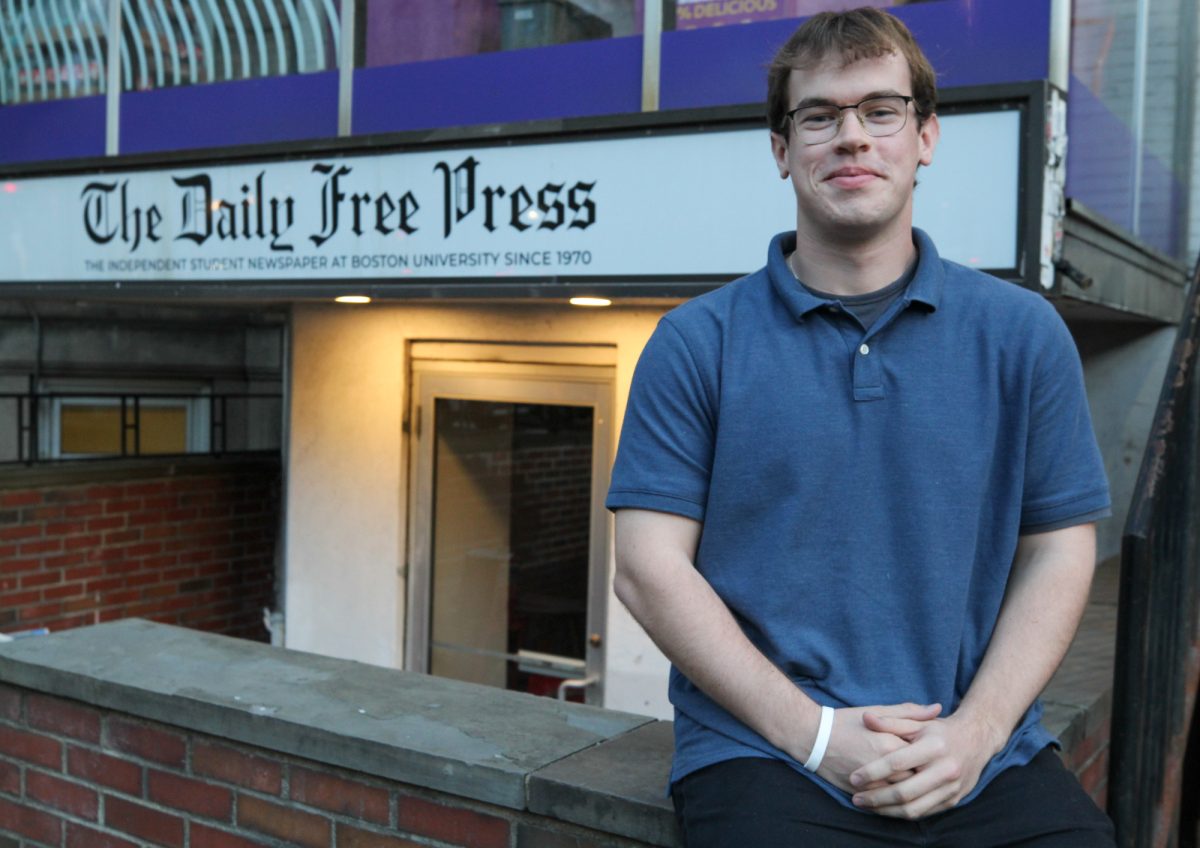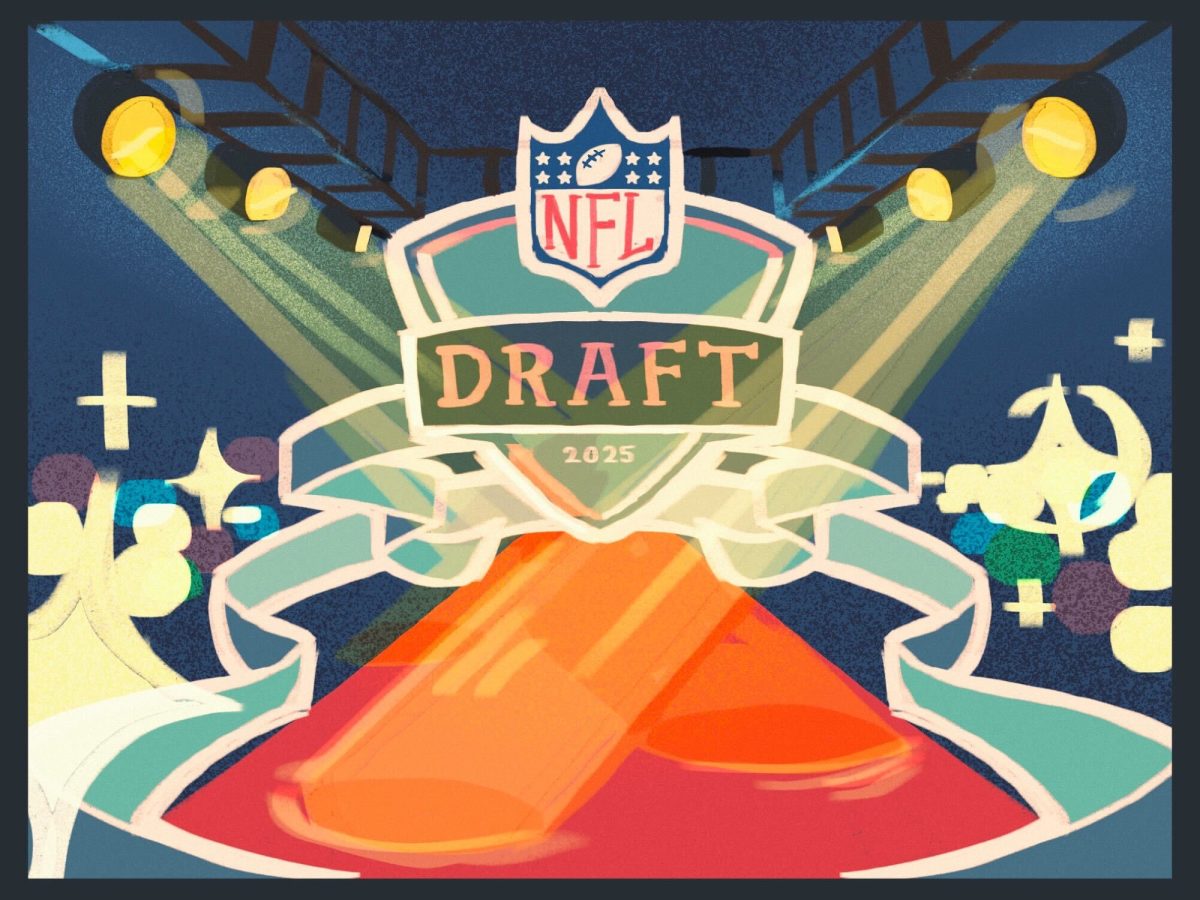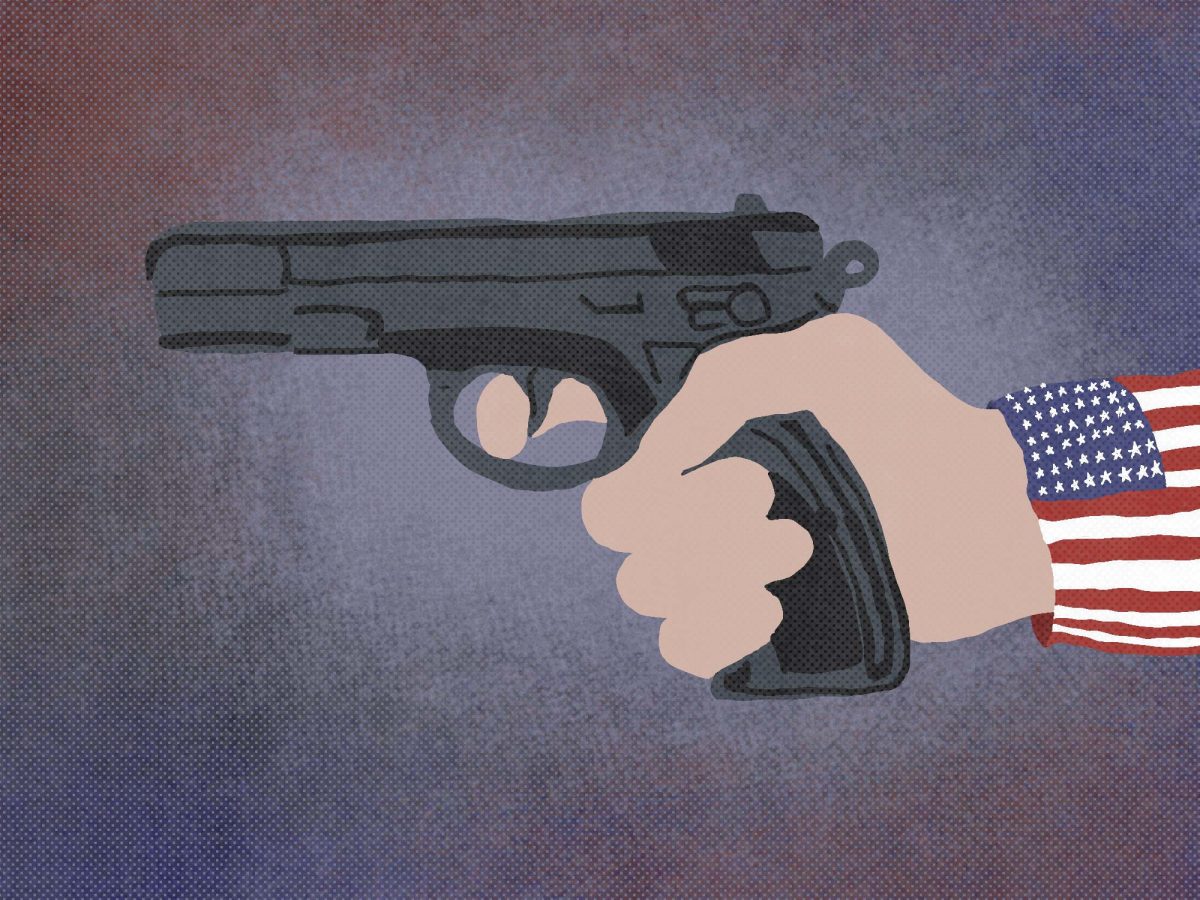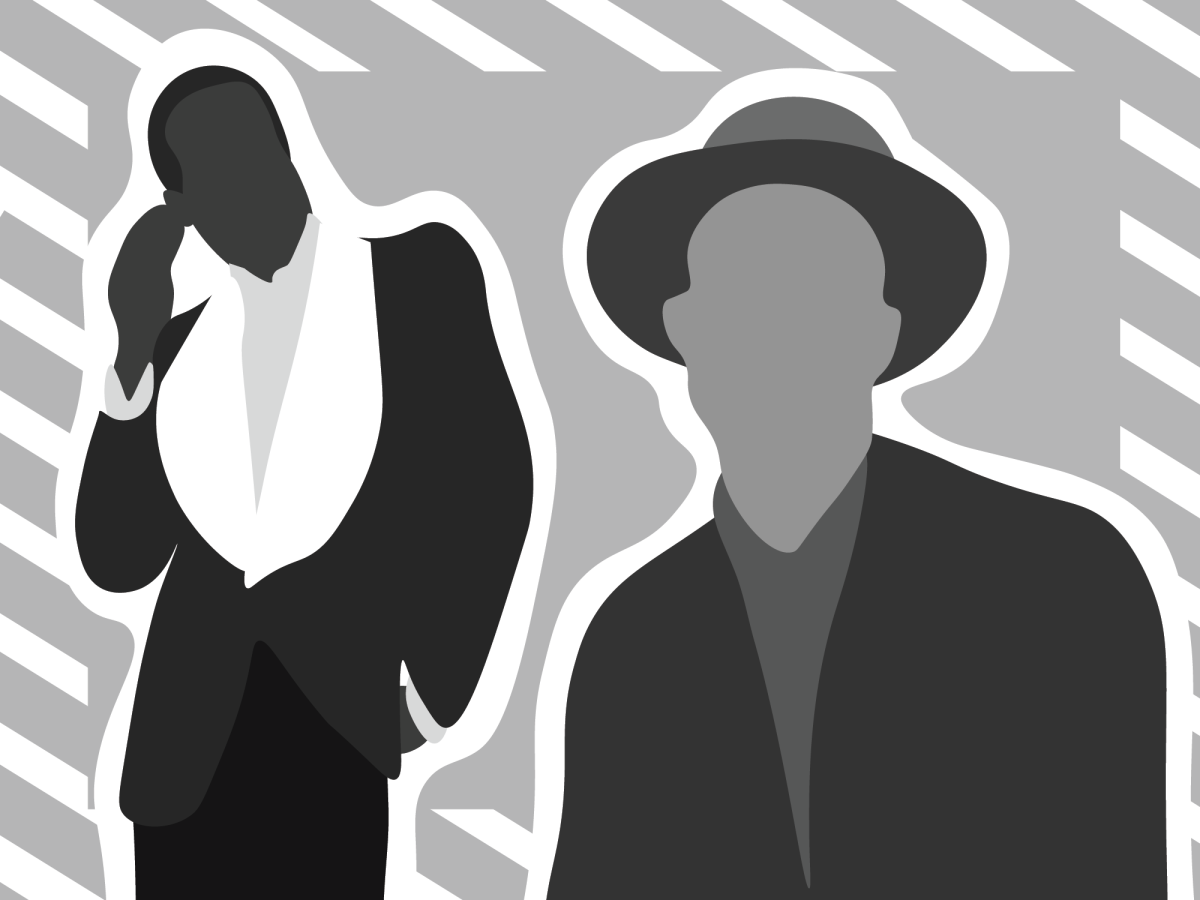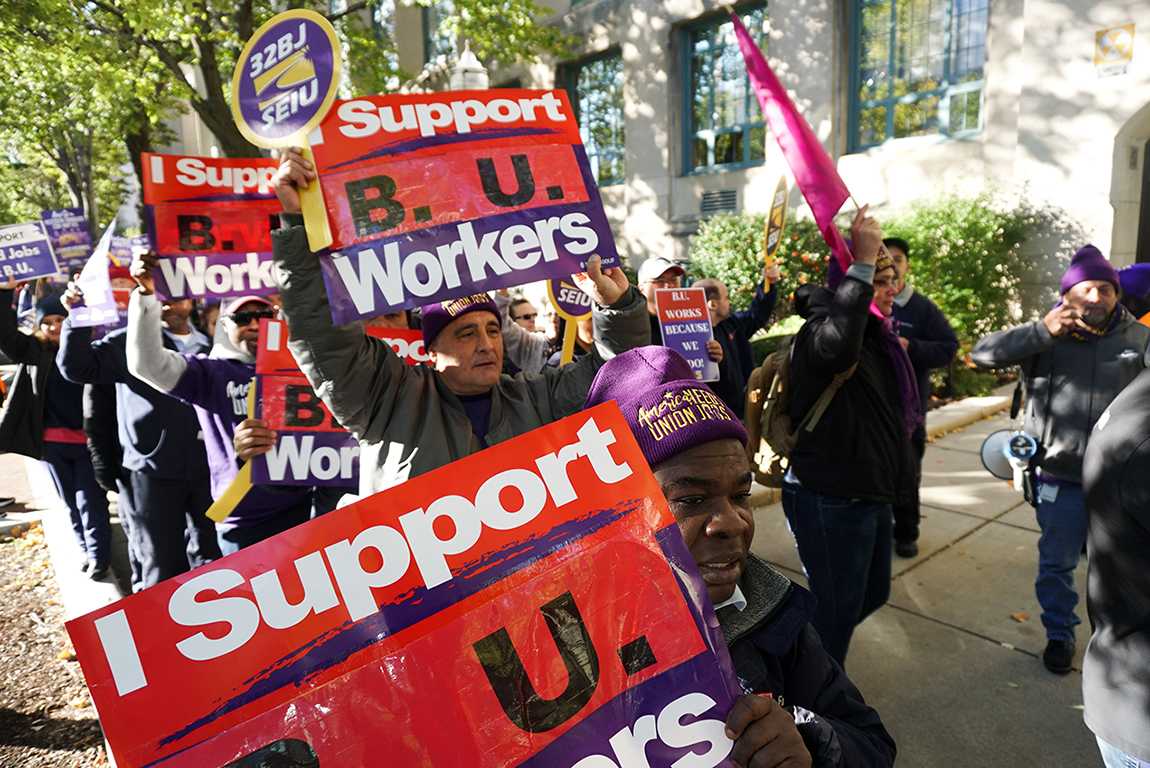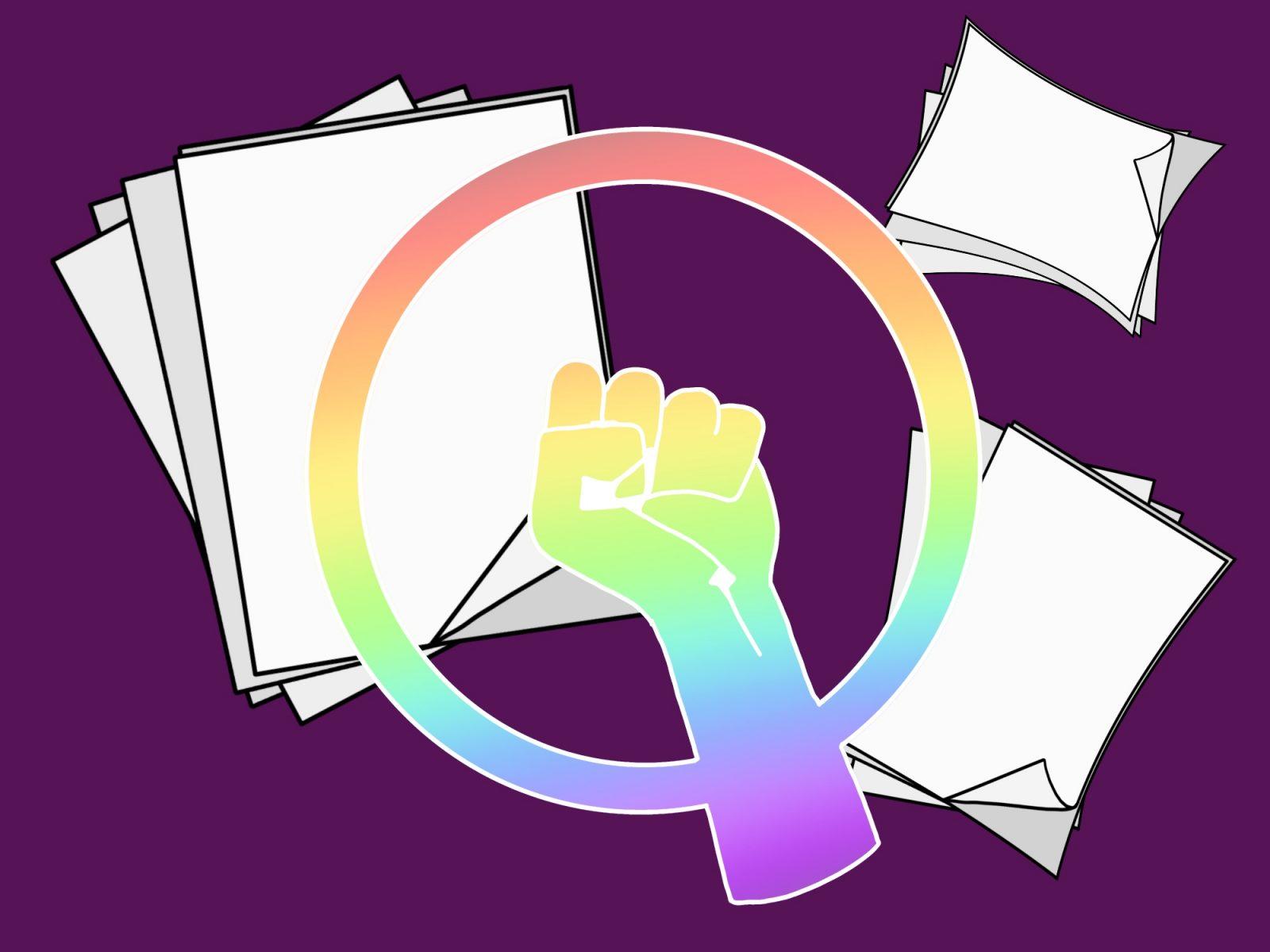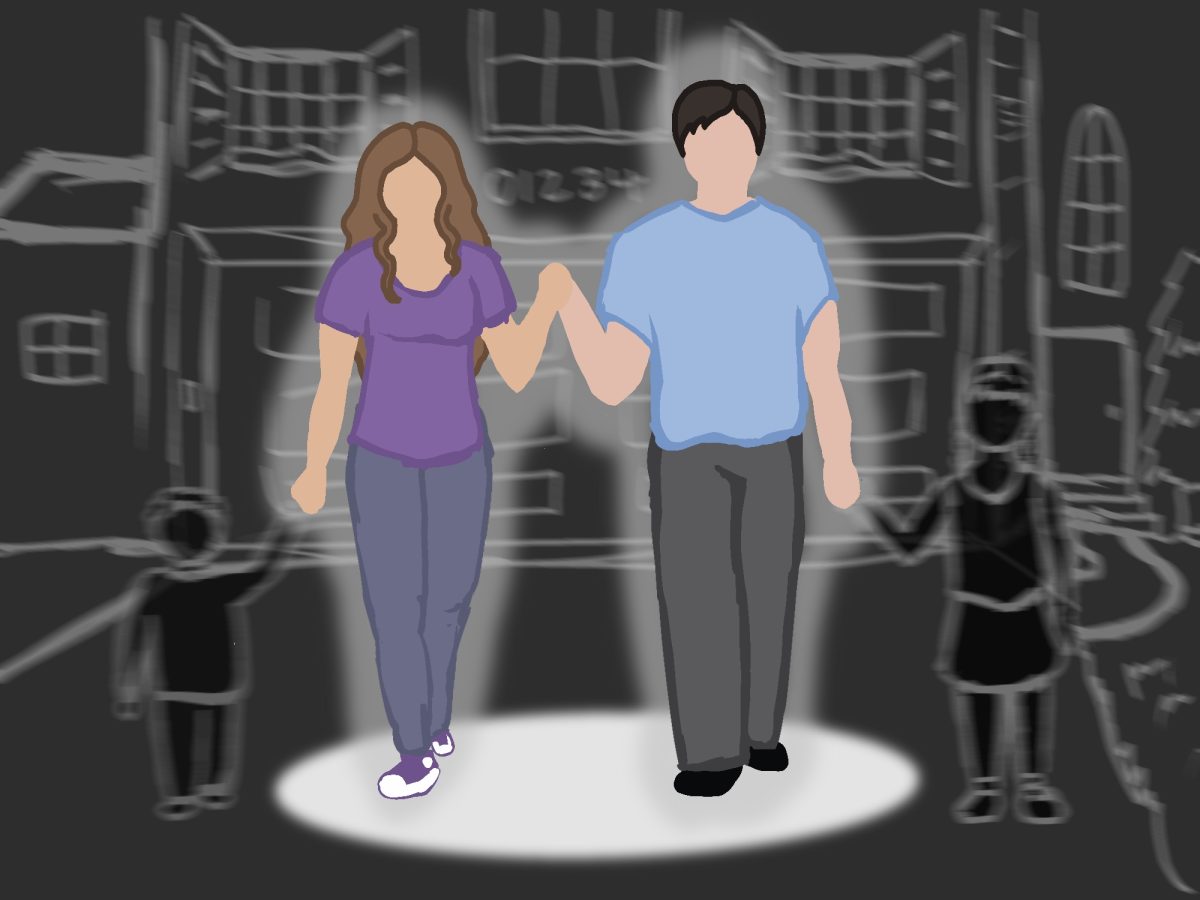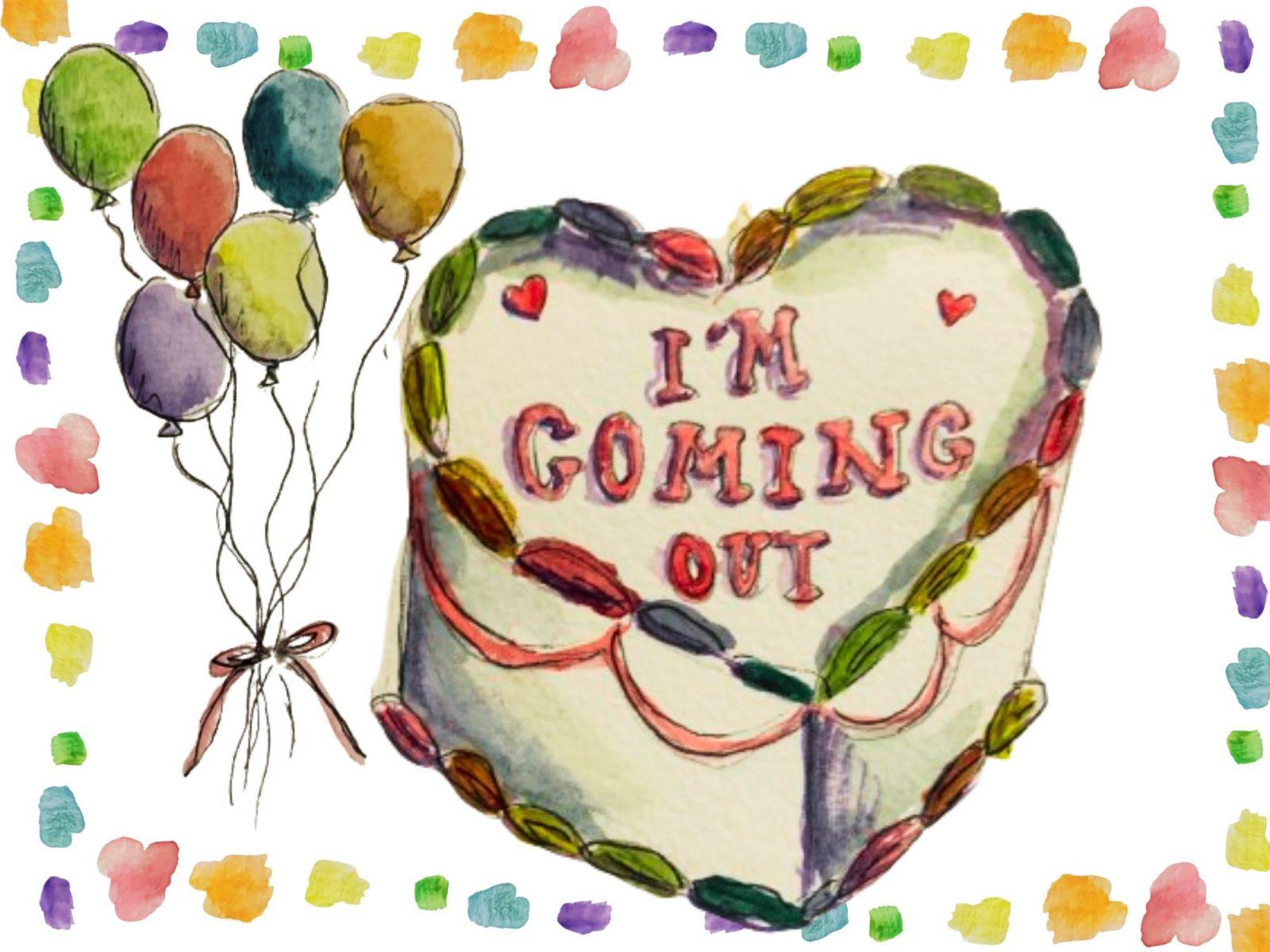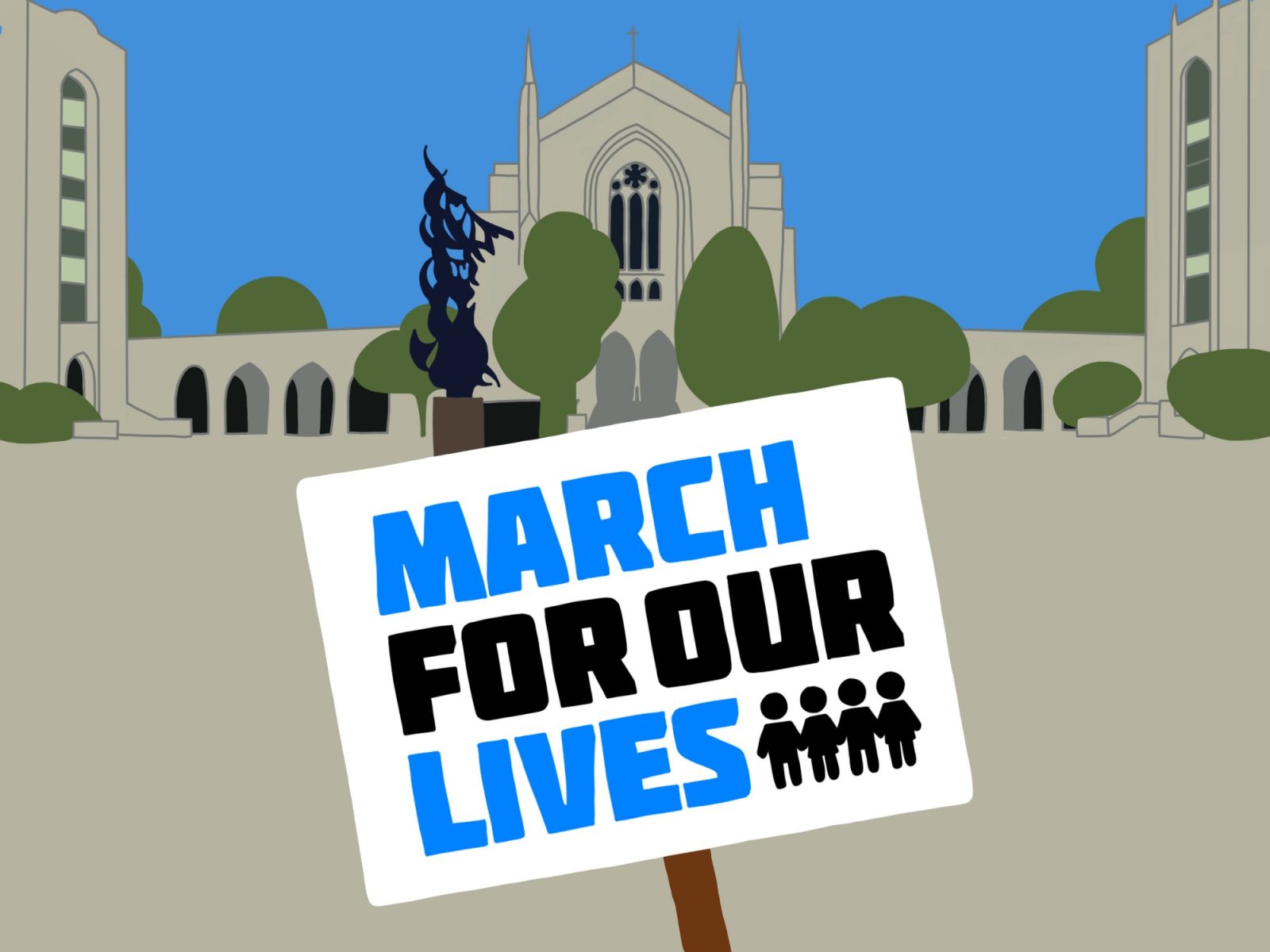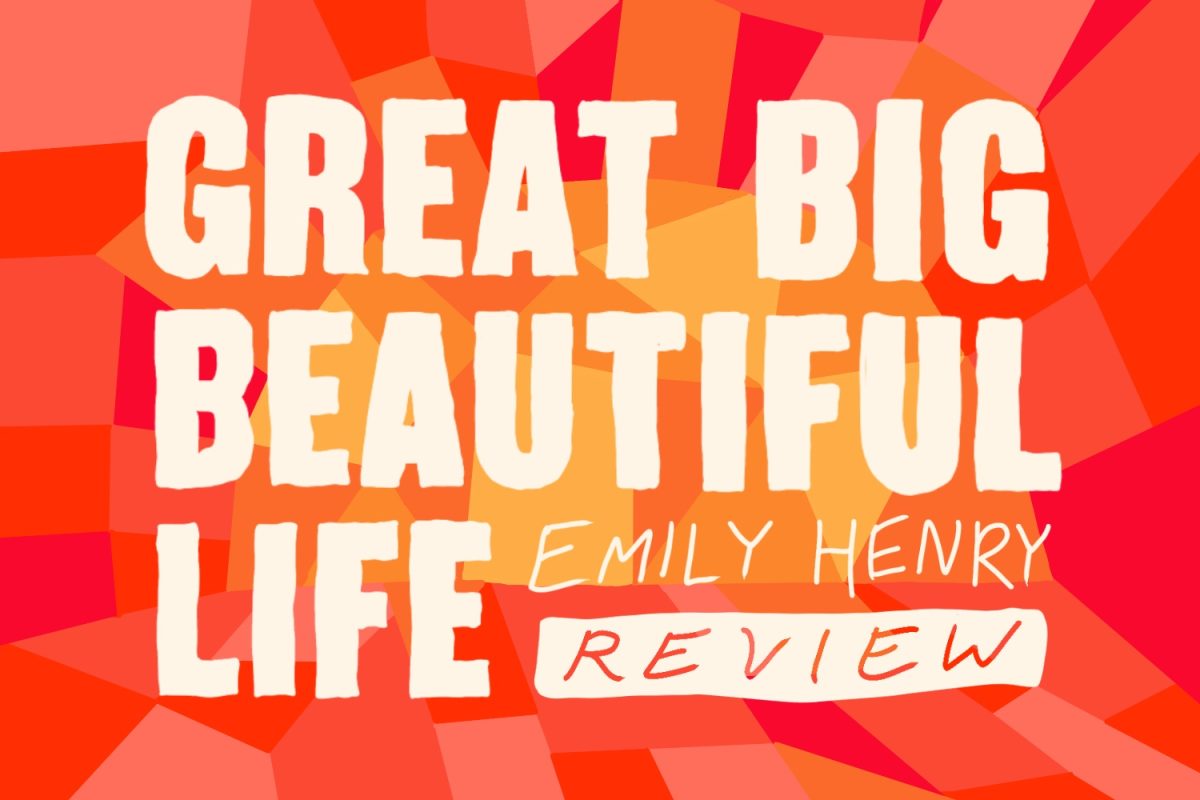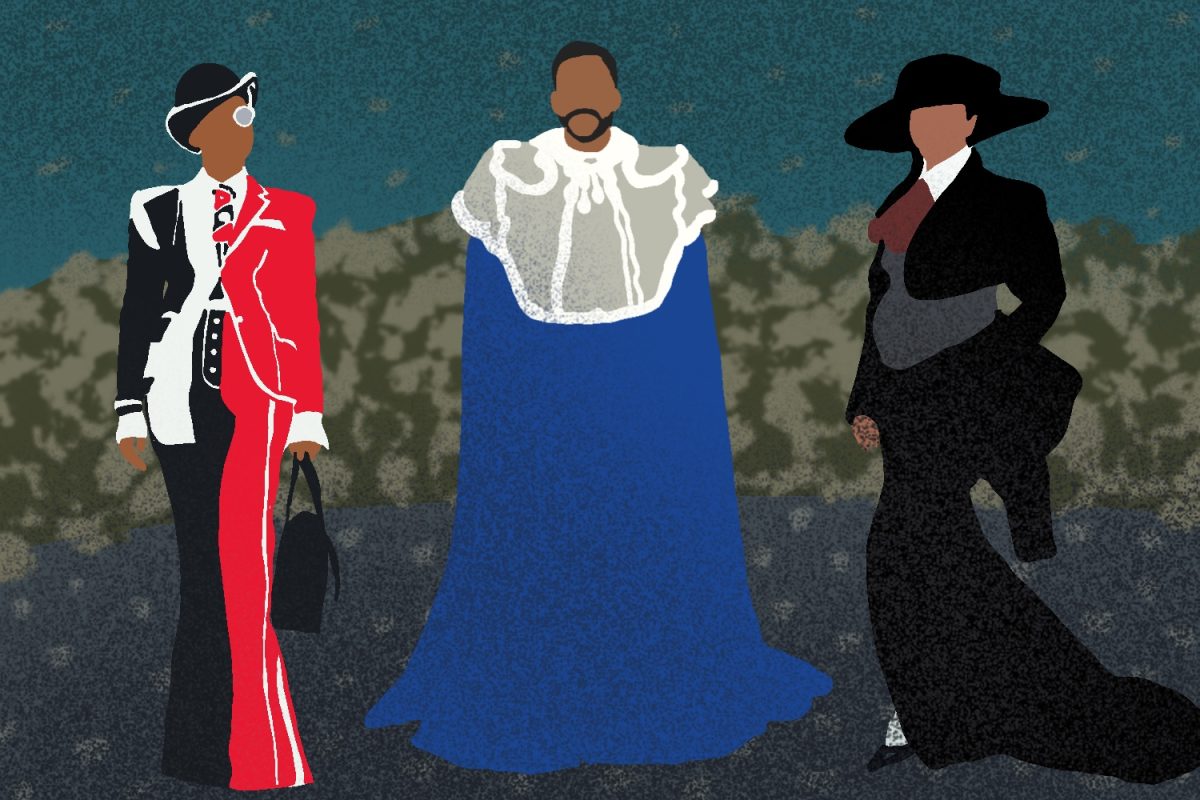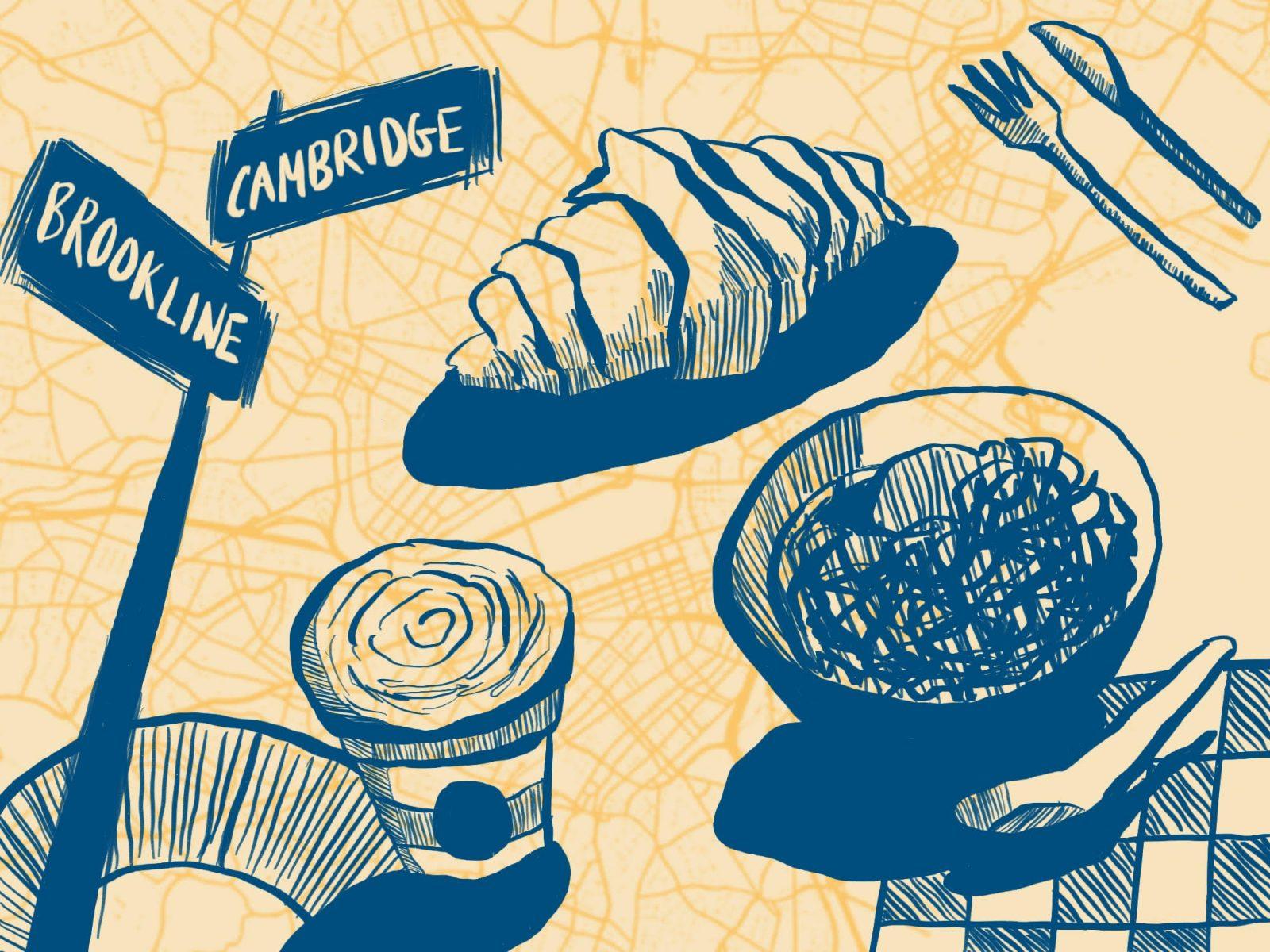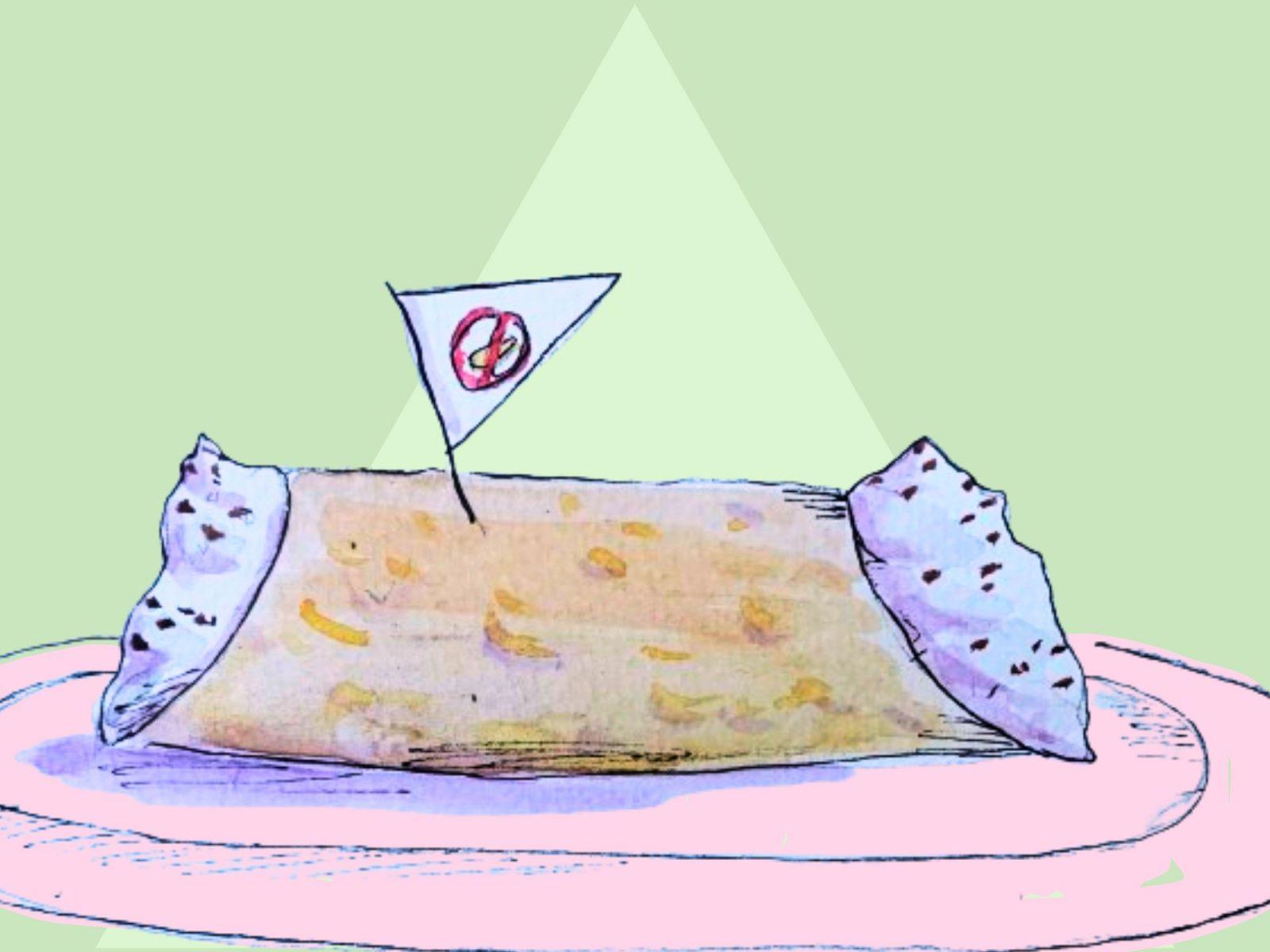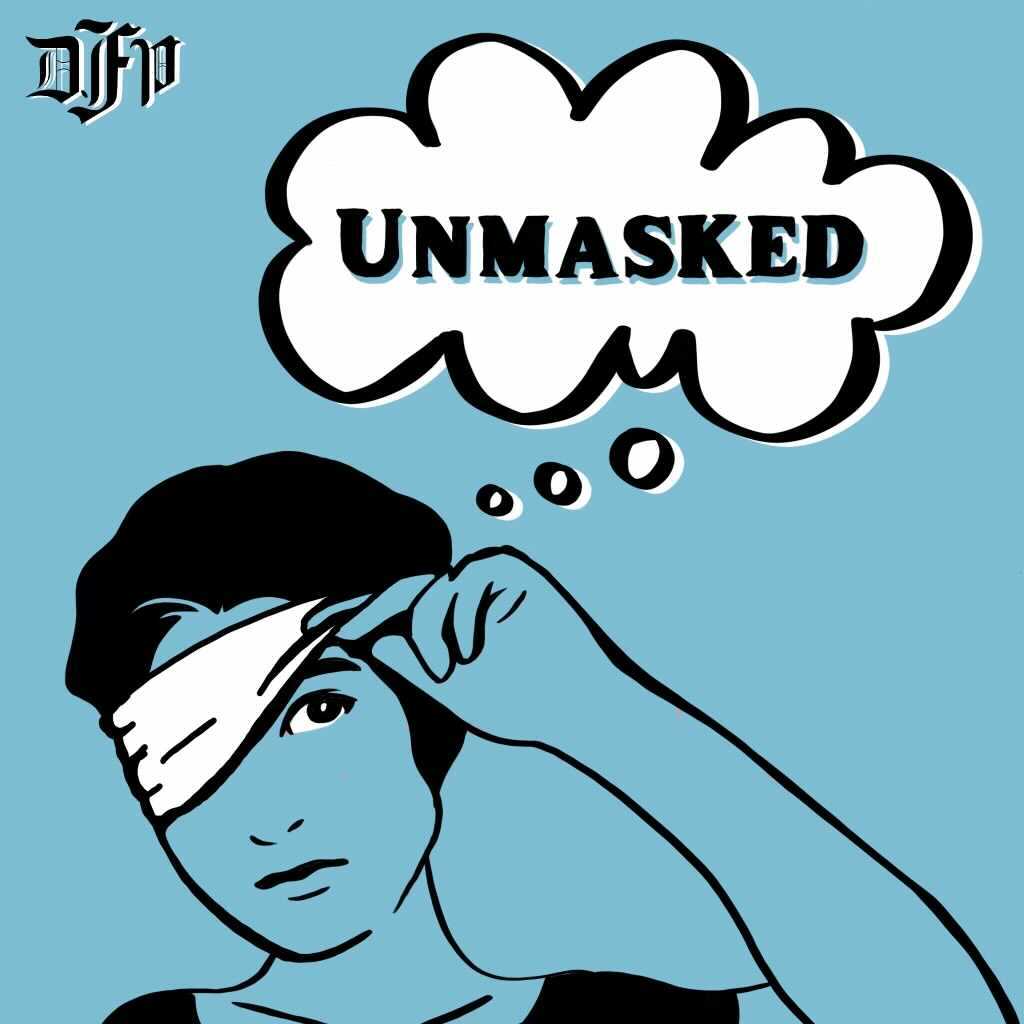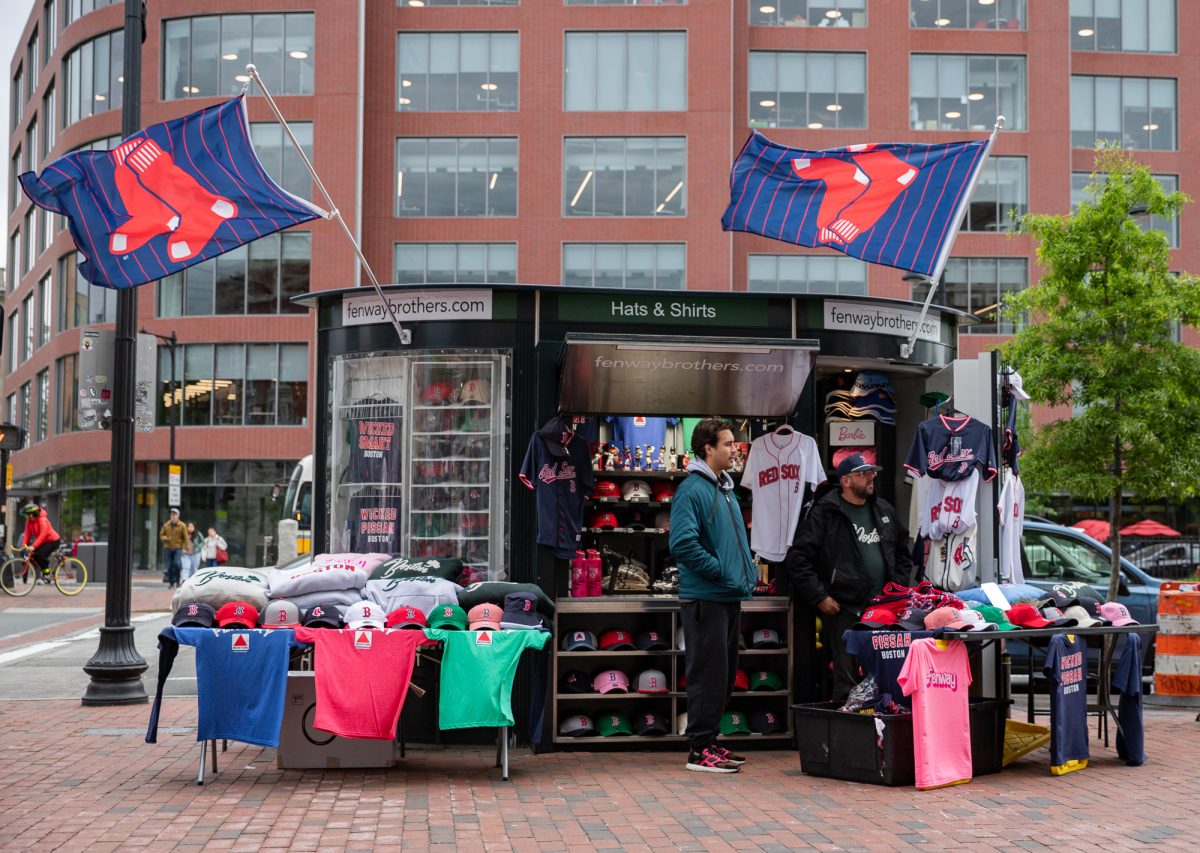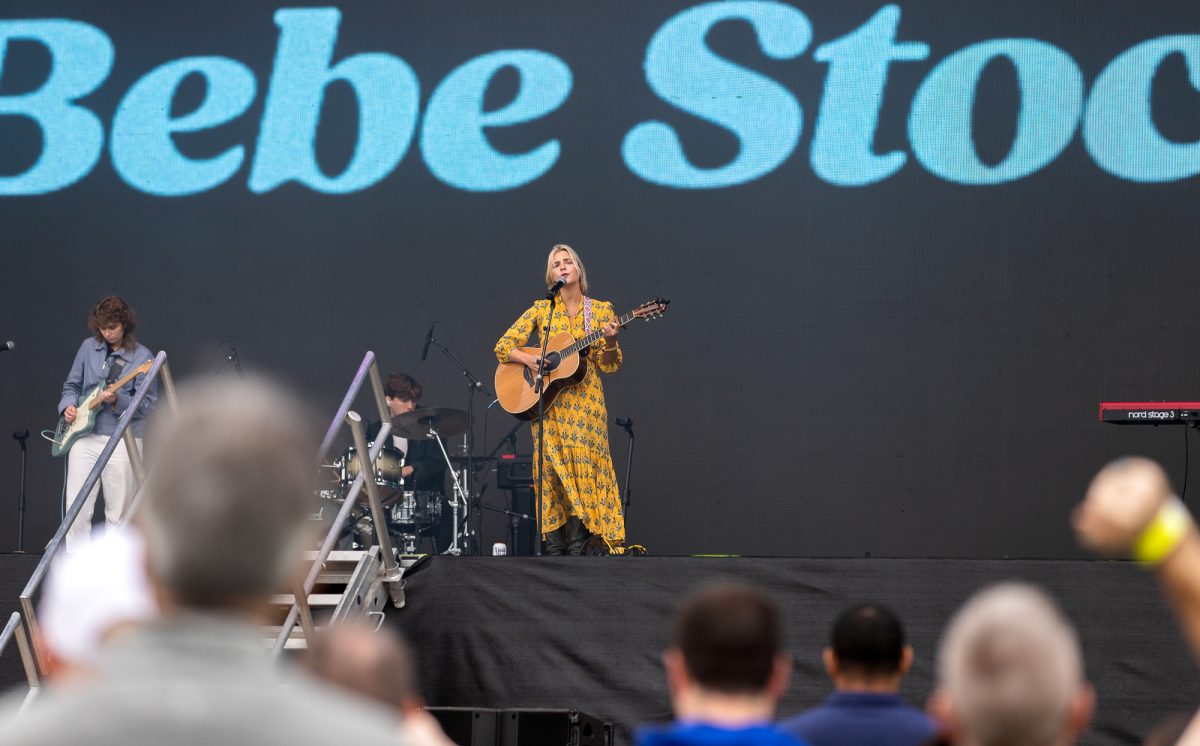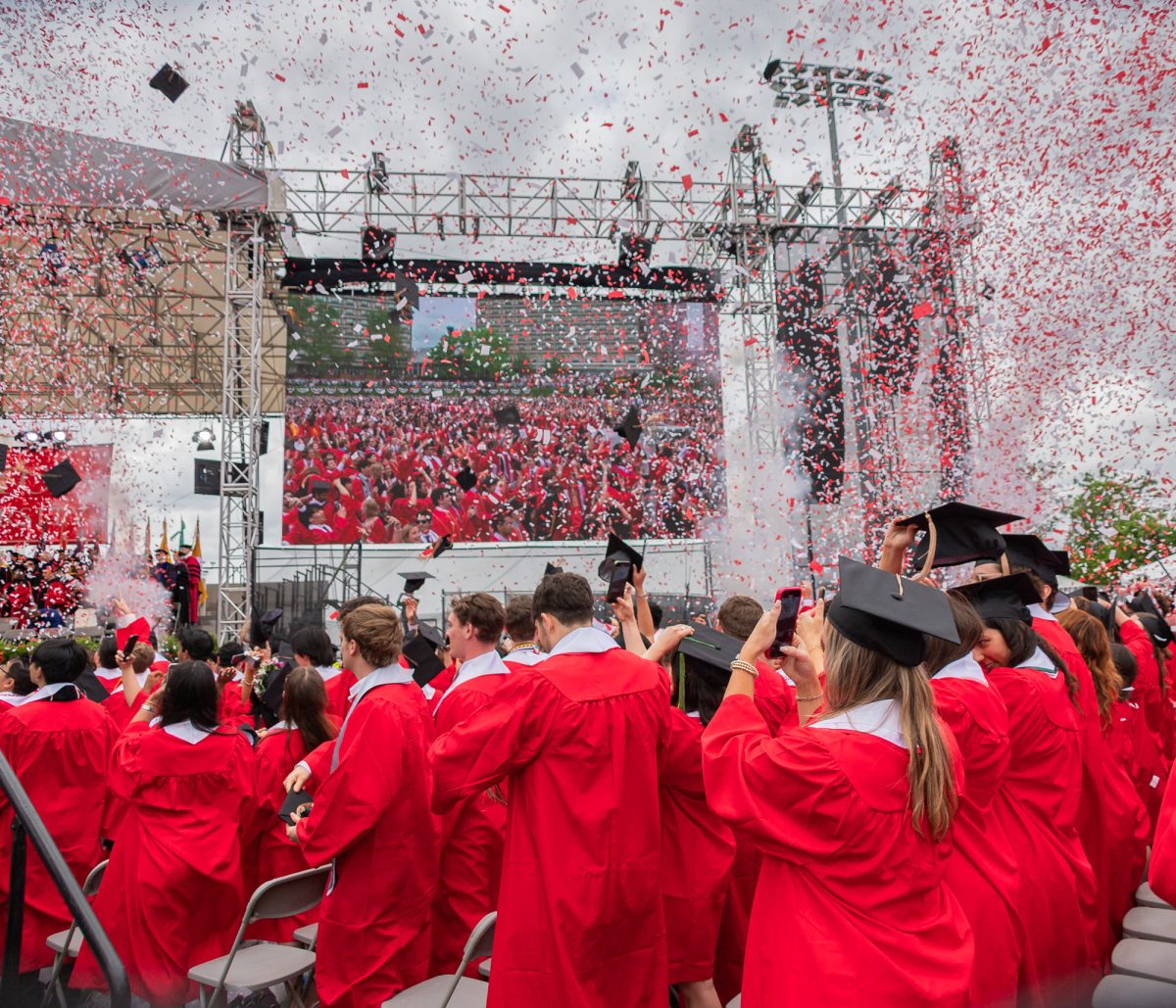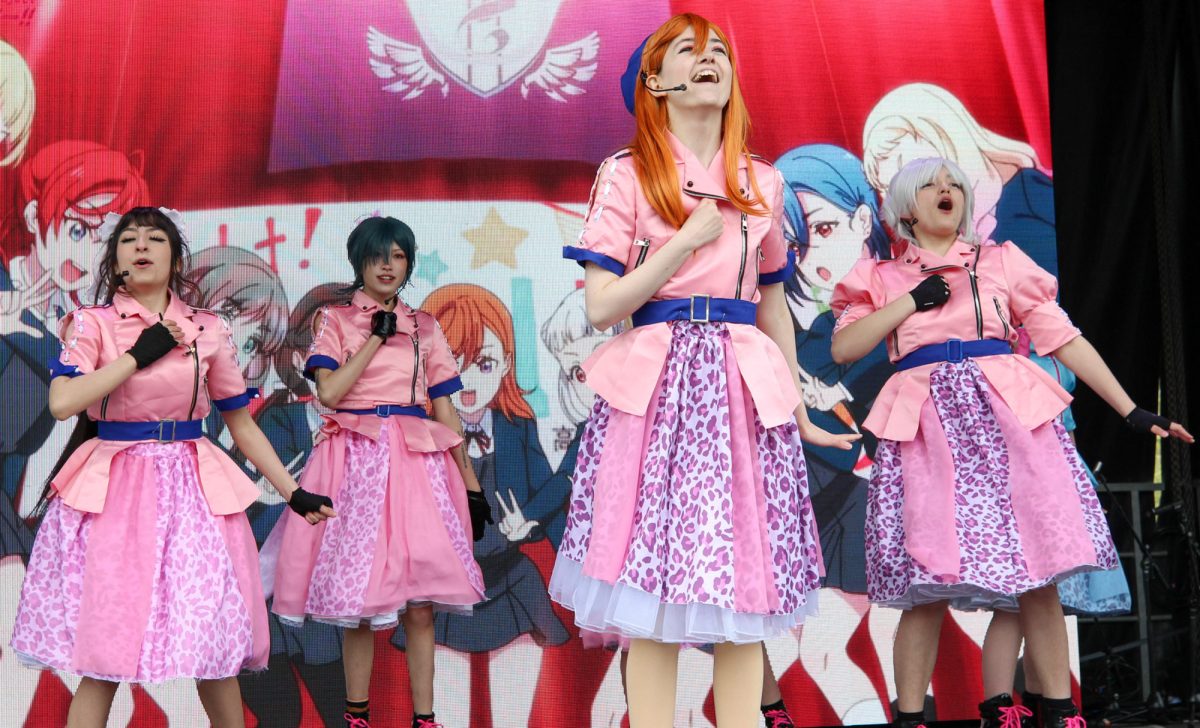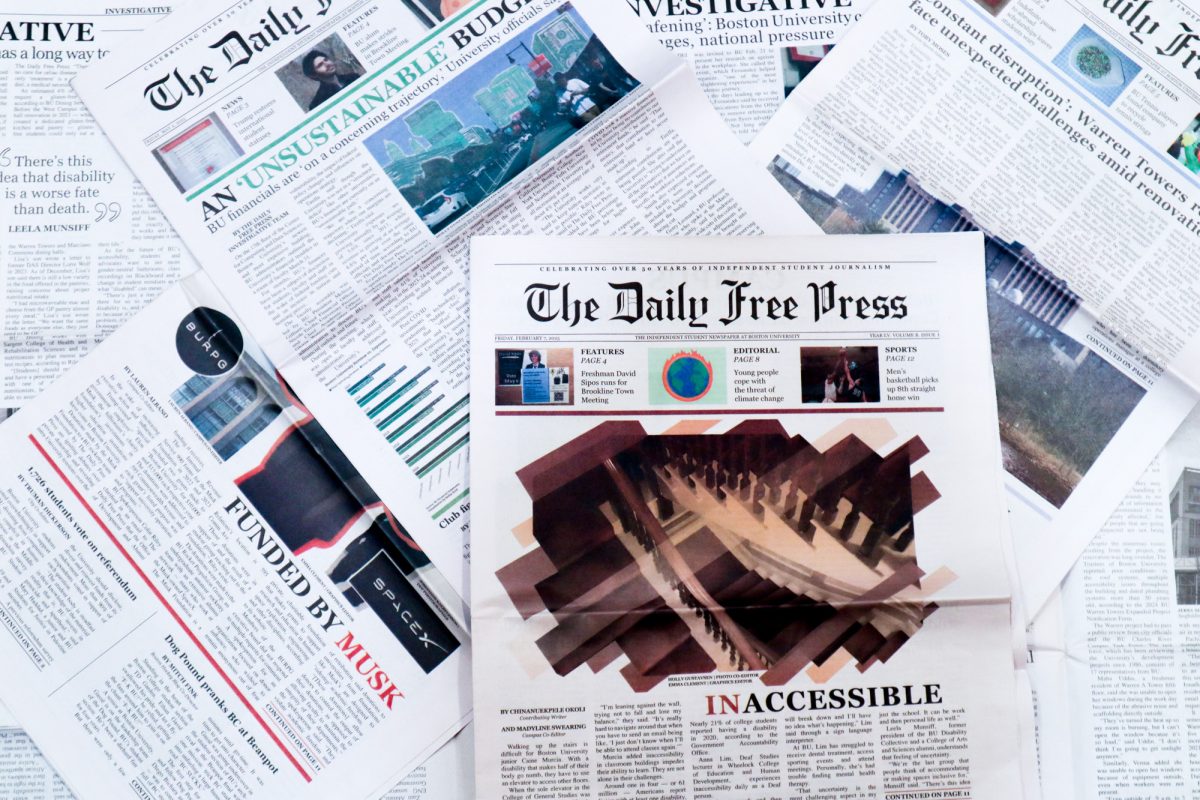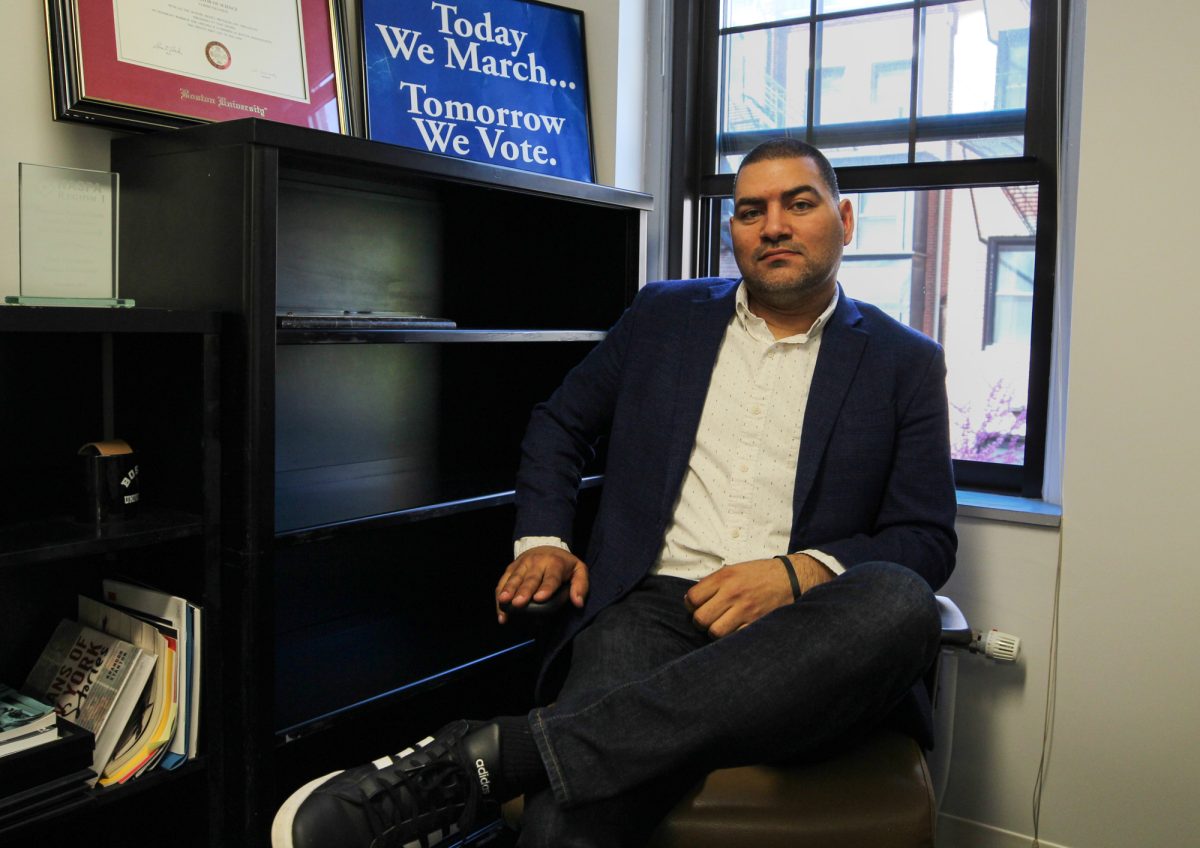“Freedom. Country. Honor. Passion.” So proclaim the ads for “The Four Feathers,” a tale of friendship and war set in 19th century England and the Sudan. When asked for four words to describe the filming, star Heath Ledger says, “Beards … glue … sand … England.” He elaborates, saying the shoot was physically and mentally intense, with 17-hour days and a role that required six months of non-stop thinking.
“It took me a good month [after filming ended] to stop pacing around my house,” Ledger said in a recent phone interview. Out of that thoughtful pacing and beard glue comes one of the most impressive performances of Heath Ledger’s career.
“The Four Feathers” is directed by Shekhar Kapur (“Elizabeth”), who ladles heaping helpings of talent onto a puzzling, theme-driven story that meanders on wobbly legs as if on a search for water in the desert. Based on the novel by A.E.W. Mason, which has spawned two previous film adaptations, “The Four Feathers” stars Ledger as Harry Feversham, the son of a general and a soldier in an upper class British regiment. Harry enjoys the military life as long as it involves no more than playing rugby, bonding with best friend Jack (Wes Bentley, “American Beauty”) and wooing the lovely Ethne (Kate Hudson, “Almost Famous”). When Harry is told his regiment will be shipping out to squash a rebellion in the Sudan, he resigns his commission out of fear of combat and reluctance to support a British presence in a desert he doesn’t understand.
However, these reasons are unacceptable in 1875, the British Empire still swollen with self-importance and bent on global conquest. Harry is sent four white feathers, a symbol of cowardice, by three army friends and an unsupportive Ethne. Racked with the guilt of having let his comrades down, Harry travels to the Sudan on his own terms, disguises himself as an Arab and goes about the grueling business of trying to protect Jack and the others with the help of a wise warrior, Abou (Djimon Hounsou, “Gladiator”). Harry won’t fight for Mother England, but he pulls out all the stops for his bros.
“The Four Feathers” boasts some notable performances. Bentley and Hounsou round out their roles as Harry’s best buds on different continents with depth and subtlety. Bentley brings thoughtful, low-key seriousness to his role, which contrasts with Hounsou’s strong physical and emotional presence. Hudson does as well as can be expected with the one-dimensional role of the flighty Ethne, in a story where the burden of being interesting apparently falls chiefly on the men (but look for supermodel Alek Wek as the only other — and much stronger — female presence). Ledger succeeds in the monumental task of lending believability to Harry, who crusades for his friends with an unblinking loyalty and willingness to engage in self-sacrifice. Harry almost seems less a person than a walking embodiment of friendship, “Everyman” style.
Ledger said the complexity of the character’s situation is what originally drew him to the role.
“His character and his journey was so epic, he really starts one place and ends another,” Leger said. “I was curious about this character because … in his day and time he was labeled as a coward in red, black and white. In [his] cowardly act, I found him to be courageous because he was standing up for what he believed in, and he was standing against the systematic and regimental lifestyle that he had been spoon-fed his whole life. There was just a hell of a lot of subtext to be added, and I knew Shekhar would be able to provide me with that.”
Throughout the movie, director Shekhar Kapur shades the film with subtle political commentaries on British colonialism, painting a picture of England at its silliest, stuffiest and most culturally insensitive. This is most apparent in thought-provoking interactions between the British and the Sudanese that come secondary to the plot. Though the film possesses the requisite stunning views and breathtaking action sequences of an epic, director Shekhar Kapur takes the format to new heights. Employing more of the unexpected, effective camerawork he has showcased in previous films like “Elizabeth,” Kapur carefully chooses his shots to give the story both momentum and meaning. With the contrasting landscapes manifesting the dramatic differences between cultures, the film jumps from the glaring sun and sand of the Sudan to mossy, misty England and abruptly back. Ledger credits Kapur’s attention to detail in helping him understand his character.
Prior to filming, Ledger says, “Shekhar really handed us a brain on a plate … the script notes were as thick as the actual script.”
Despite the momentum supplied by the cinematography and the acting, however, “The Four Feathers” still feels every minute of its two-and-a-half hour length. The winding plot is typically epic, with its many climaxes and the numerous adventures the hero undertakes, hinting at the film’s literary origins.
When asked about comparing the film to that other desert epic, “Lawrence of Arabia,” Ledger replied simply, “That’s fair.”
Comparisons aside, “The Four Feathers” sets out to tell a story of coming of age in extreme circumstances. Ledger calls it a “simple story of emotions and human qualities,” adding that, “at the end of the day, the politics [of the movie are] purely a backdrop.”
Without these politics, however, the film would lose not just an extremely rich backdrop, but also the most compelling aspect of the story. Stripping away the political complexities of the era leaves only a wafer-thin, “who cares” epic flailing in a sandstorm of well-played emotion.

